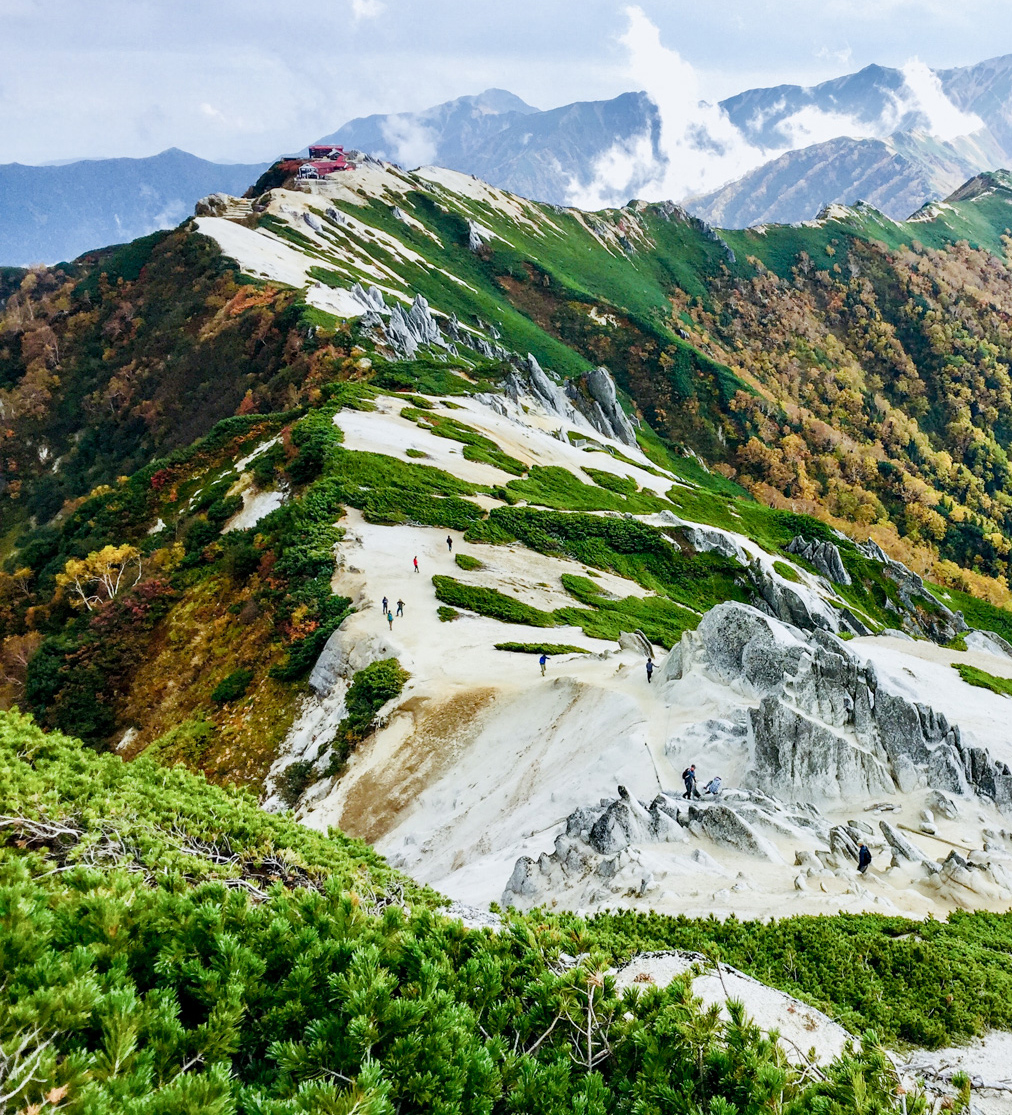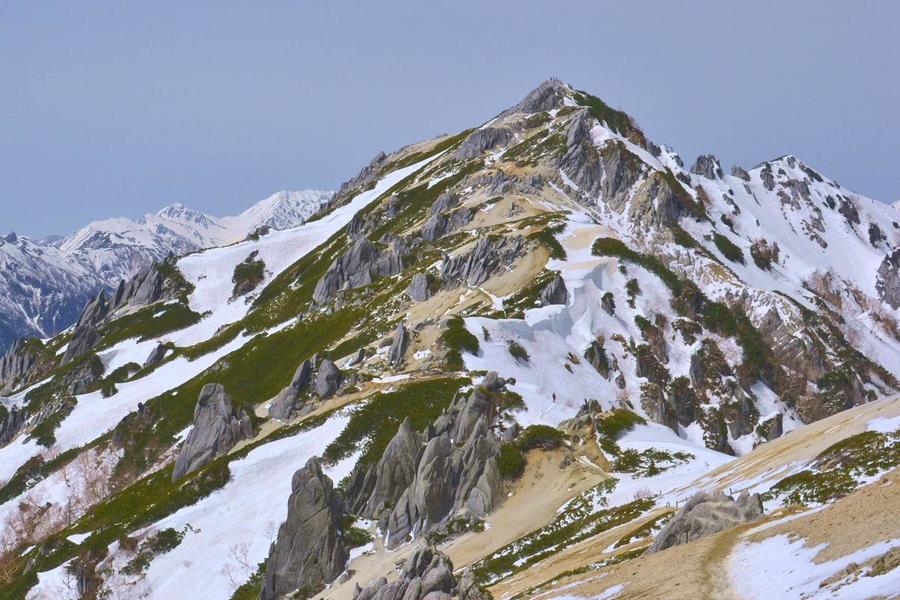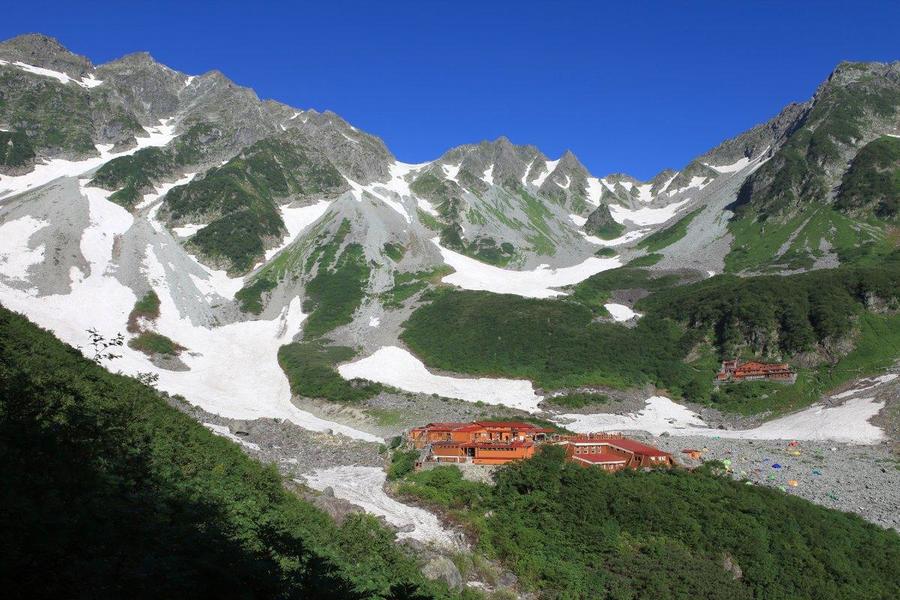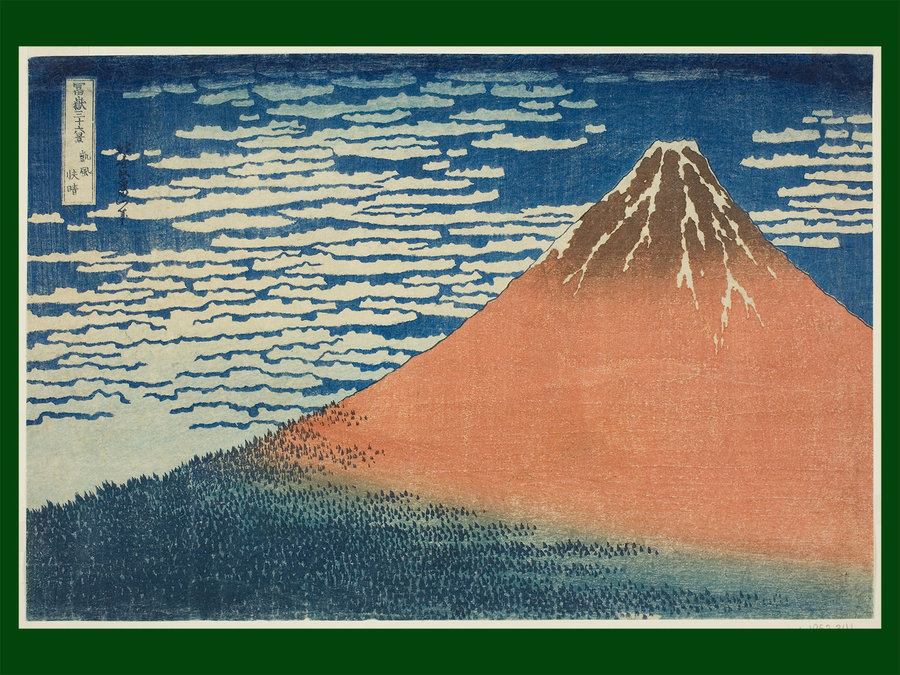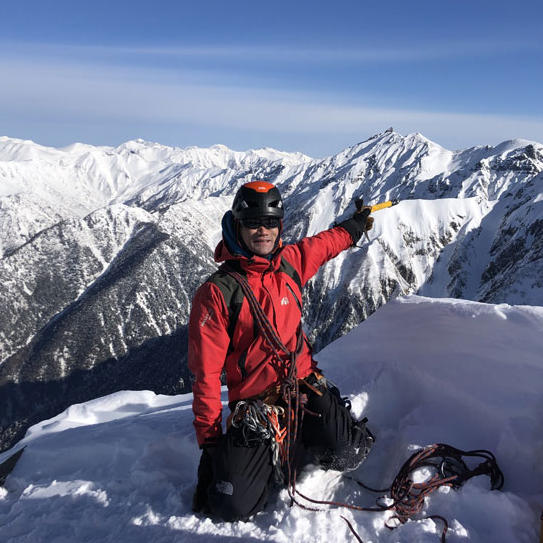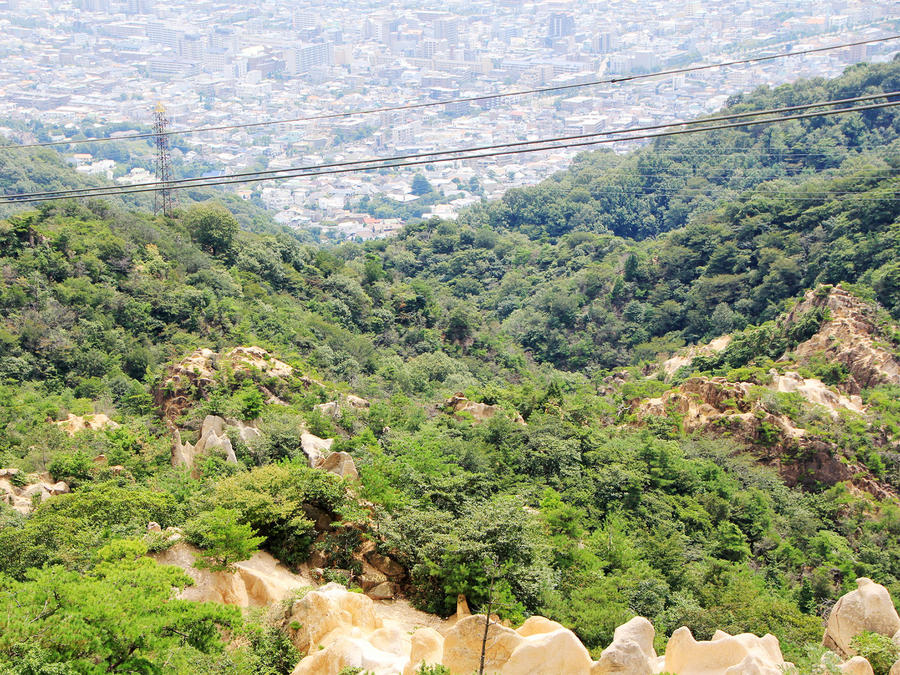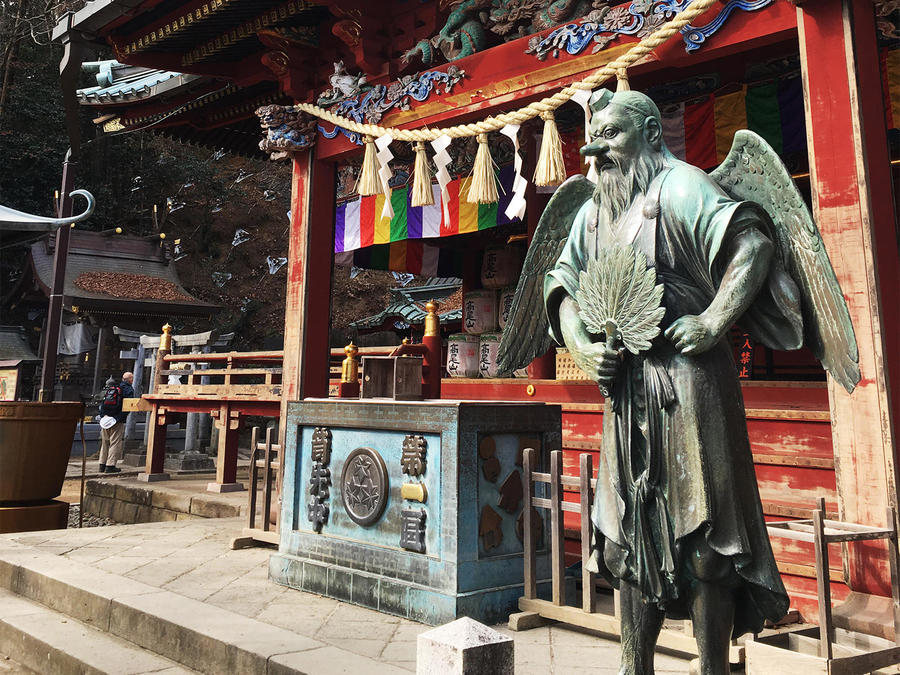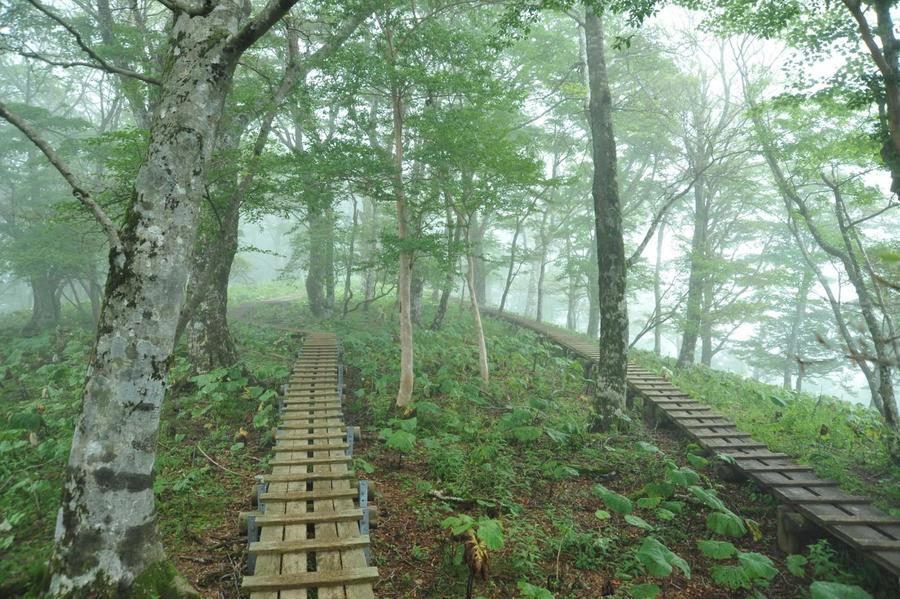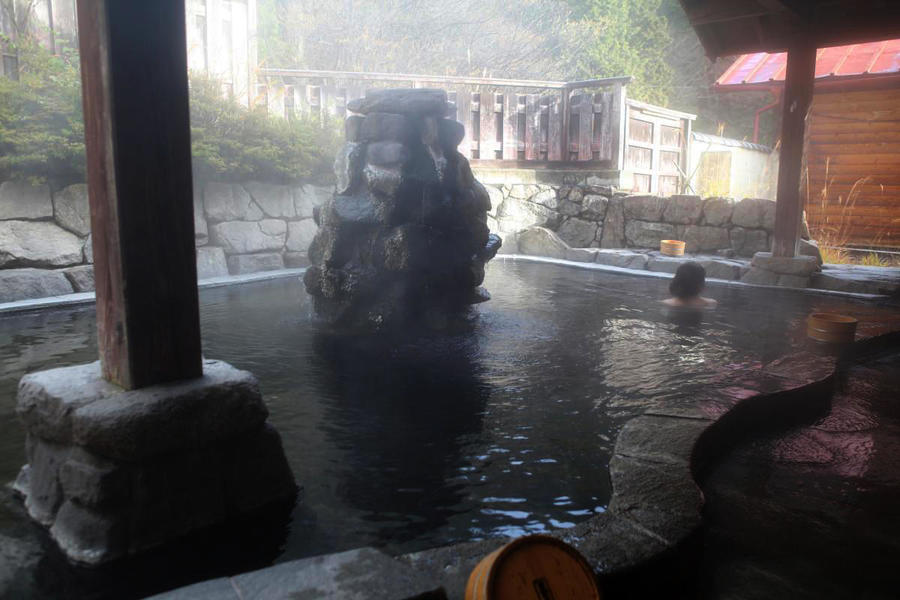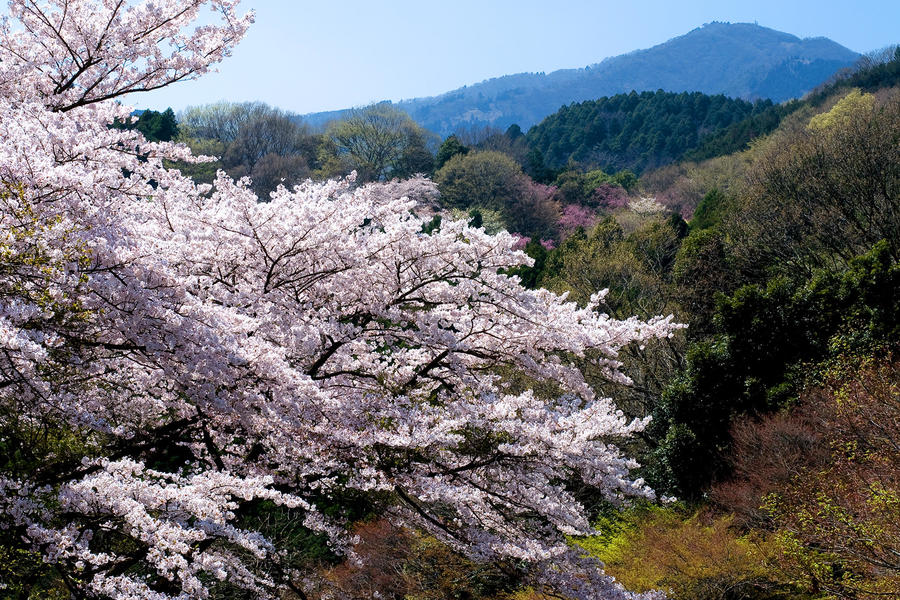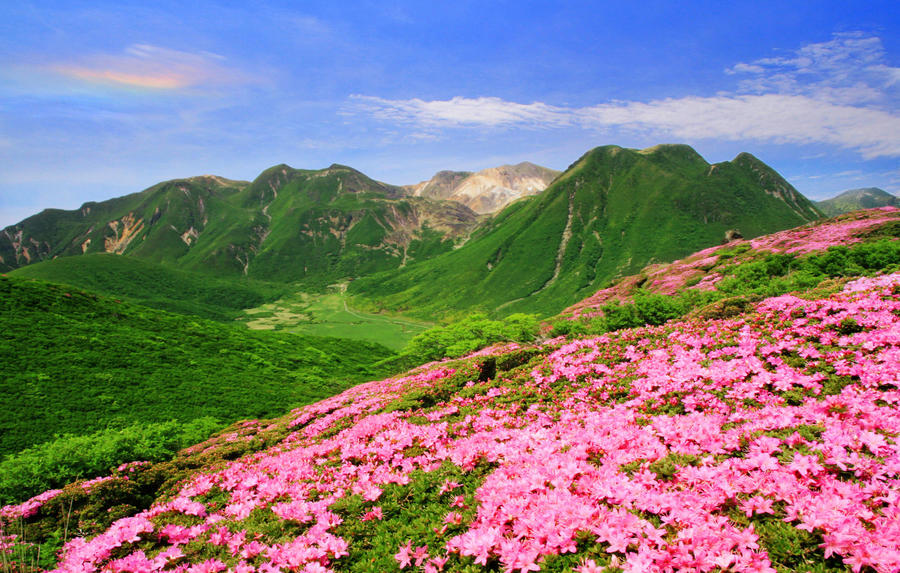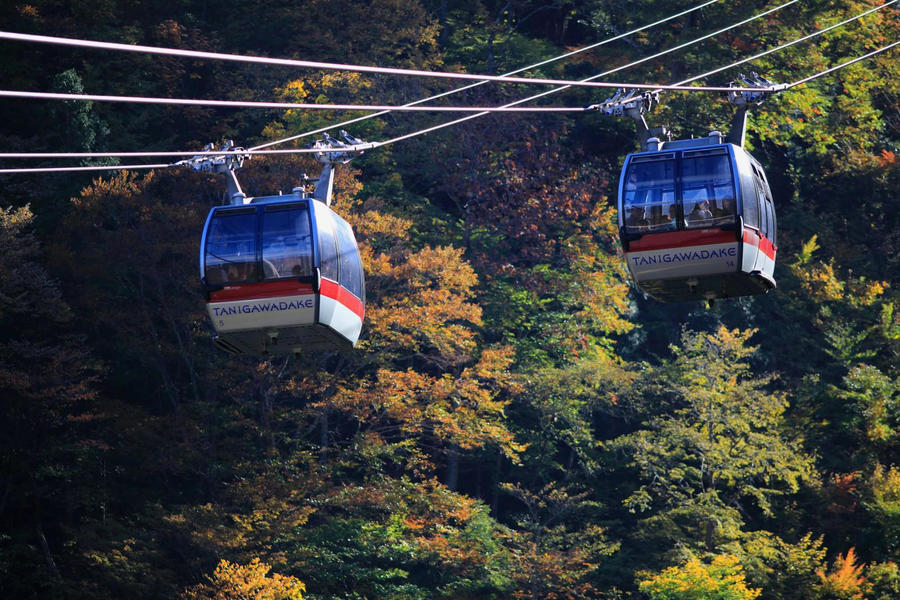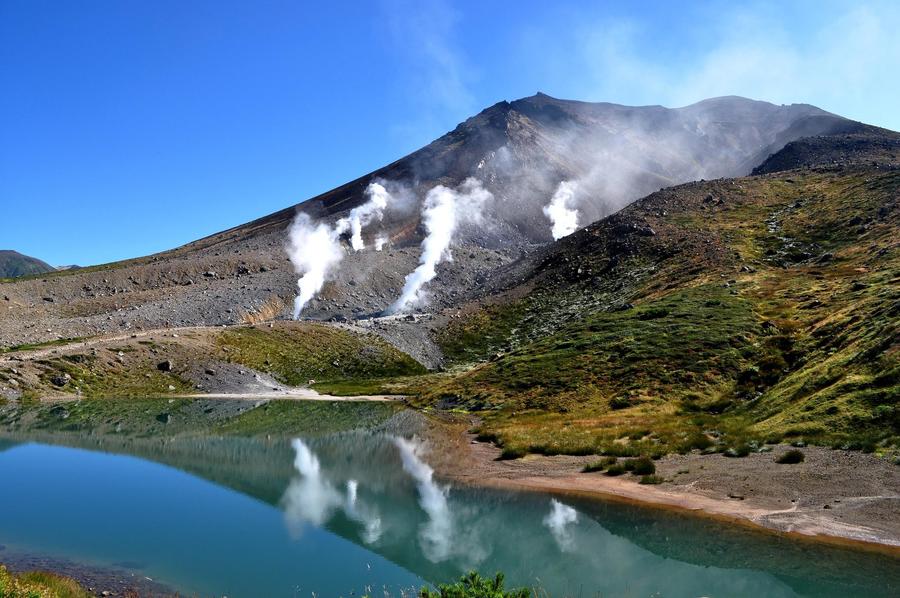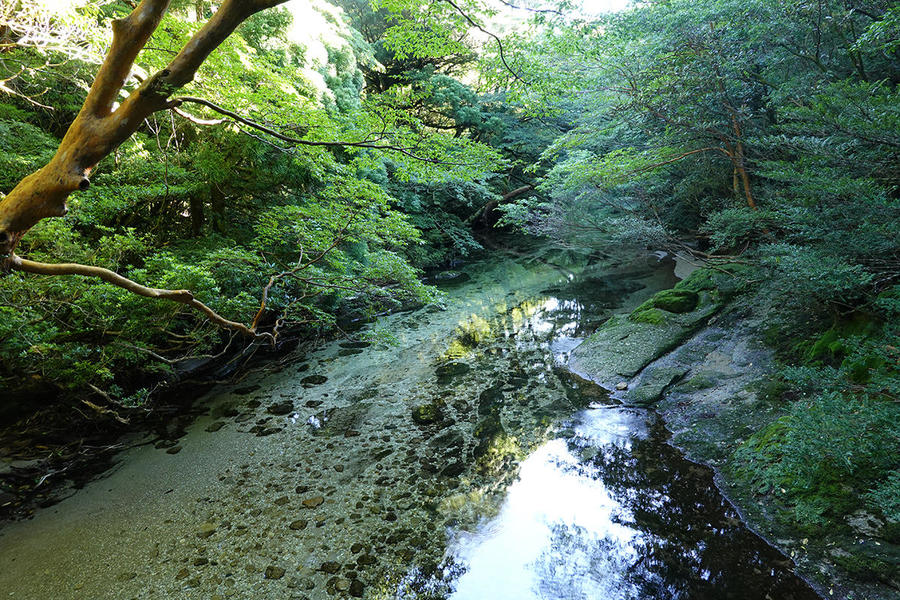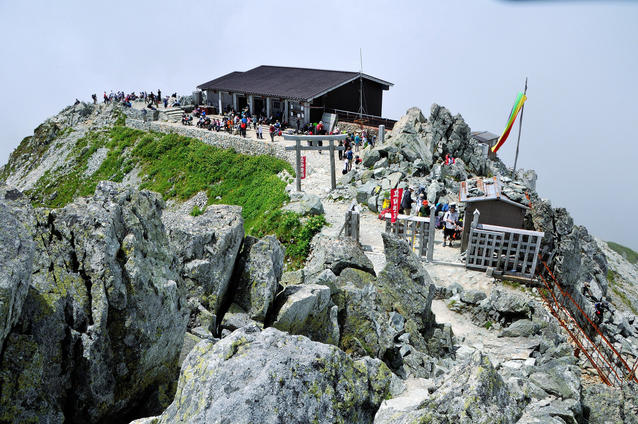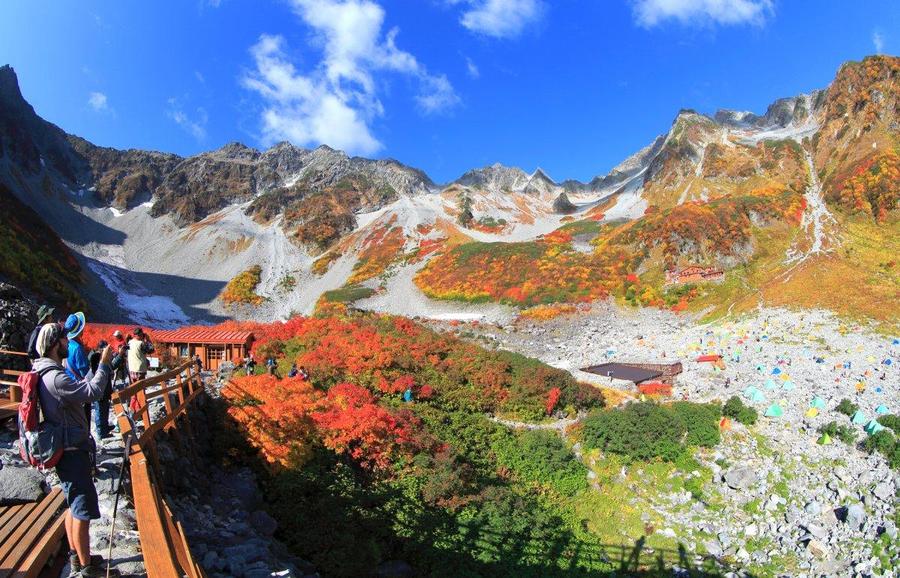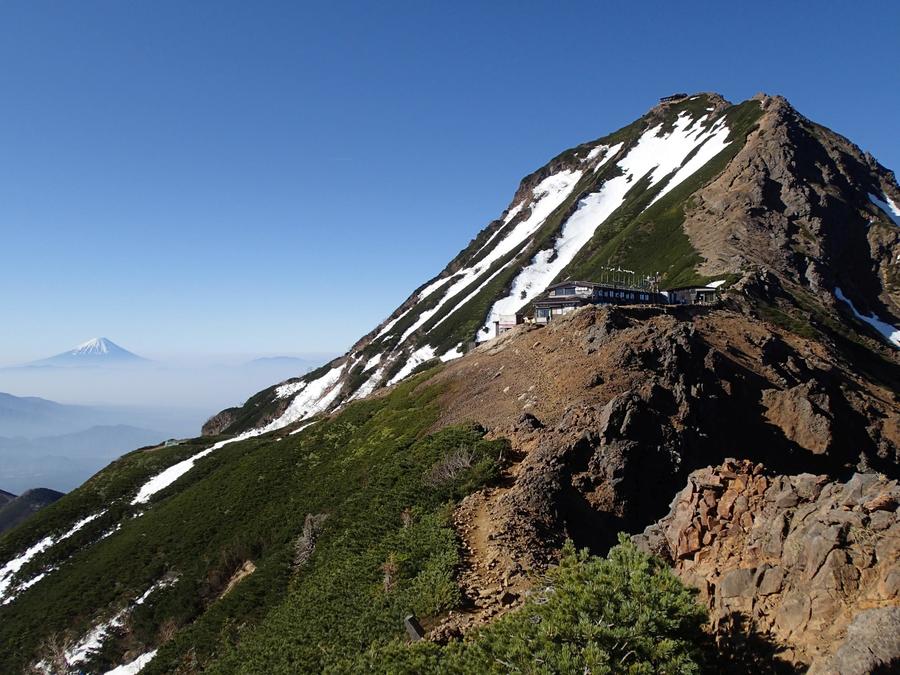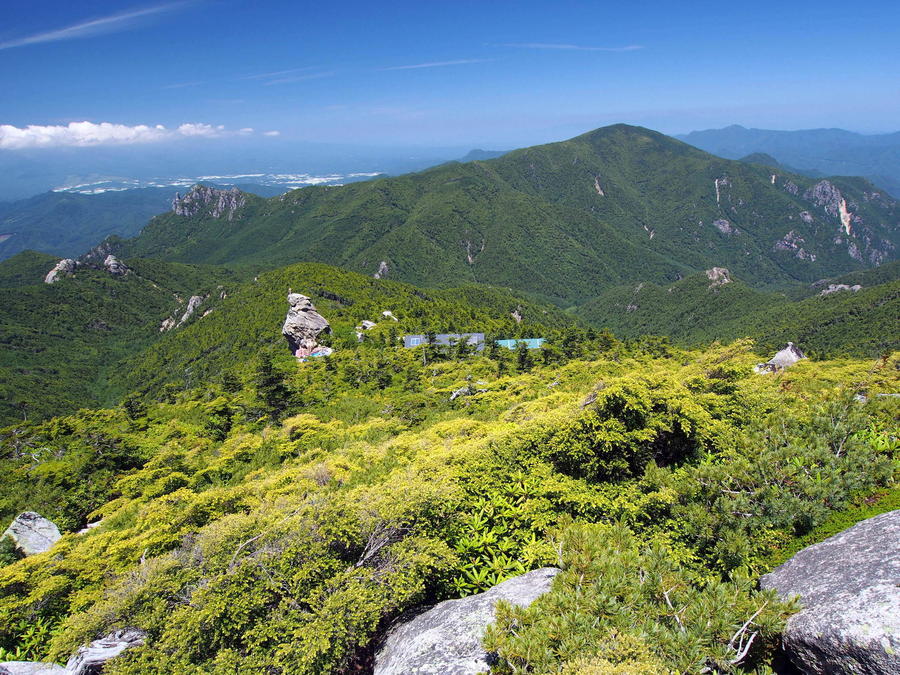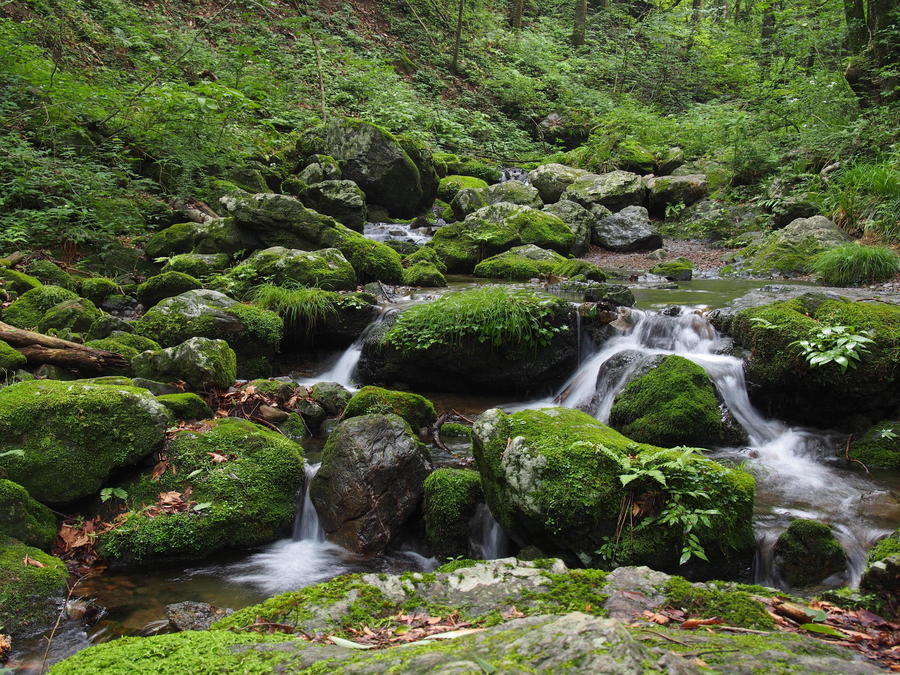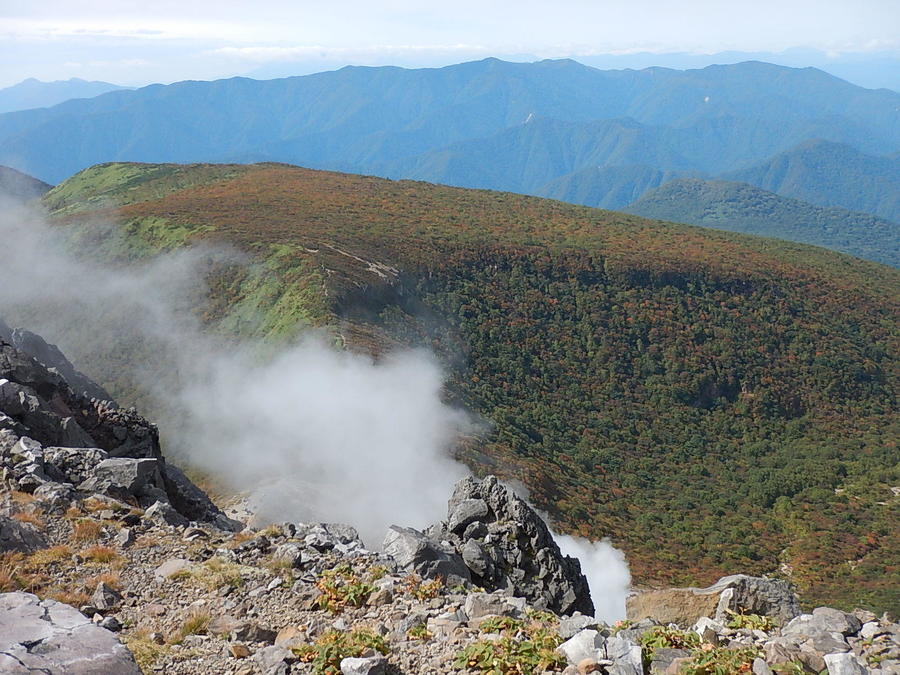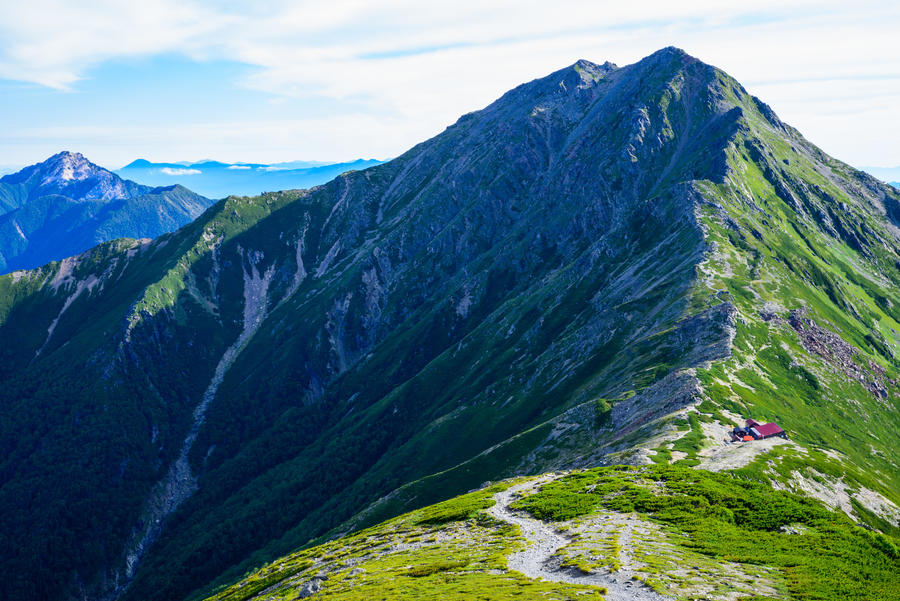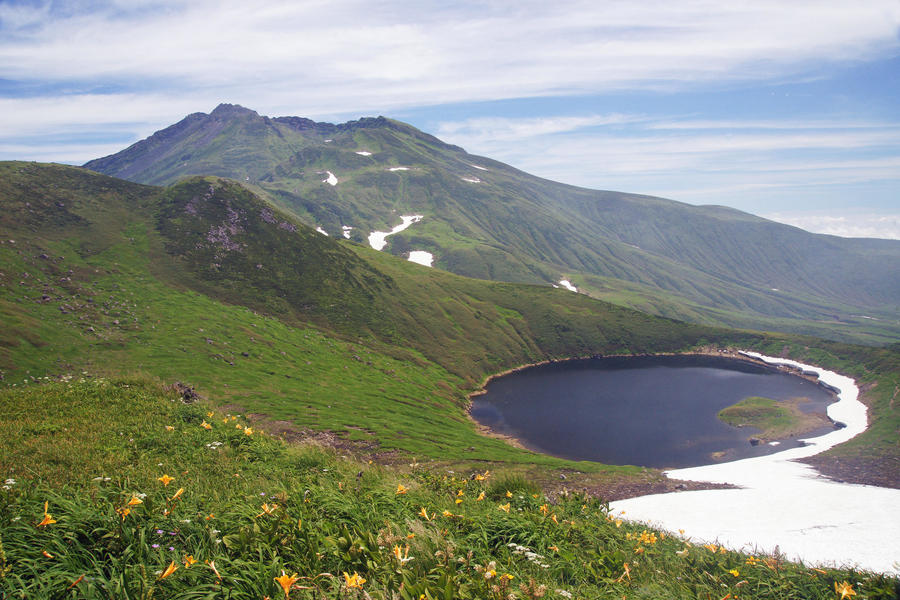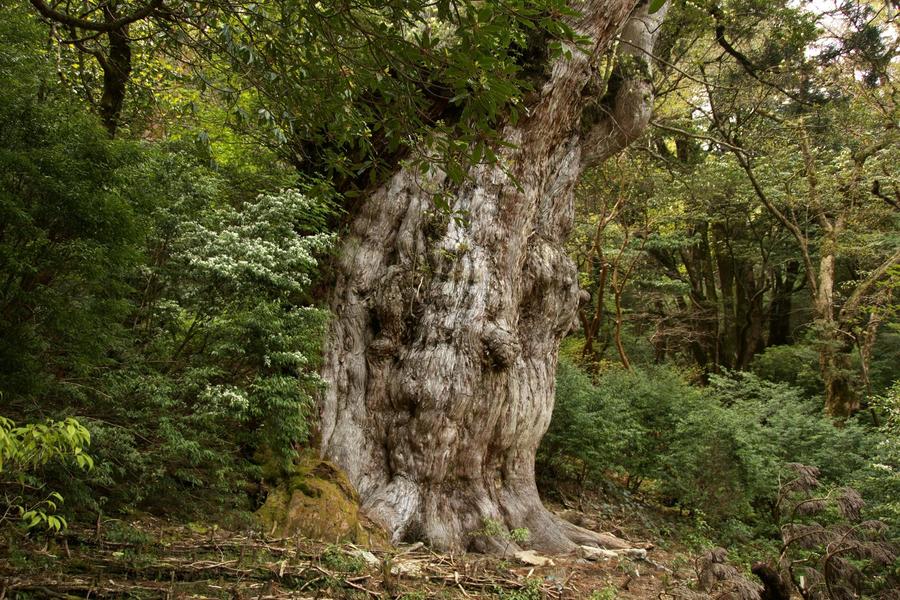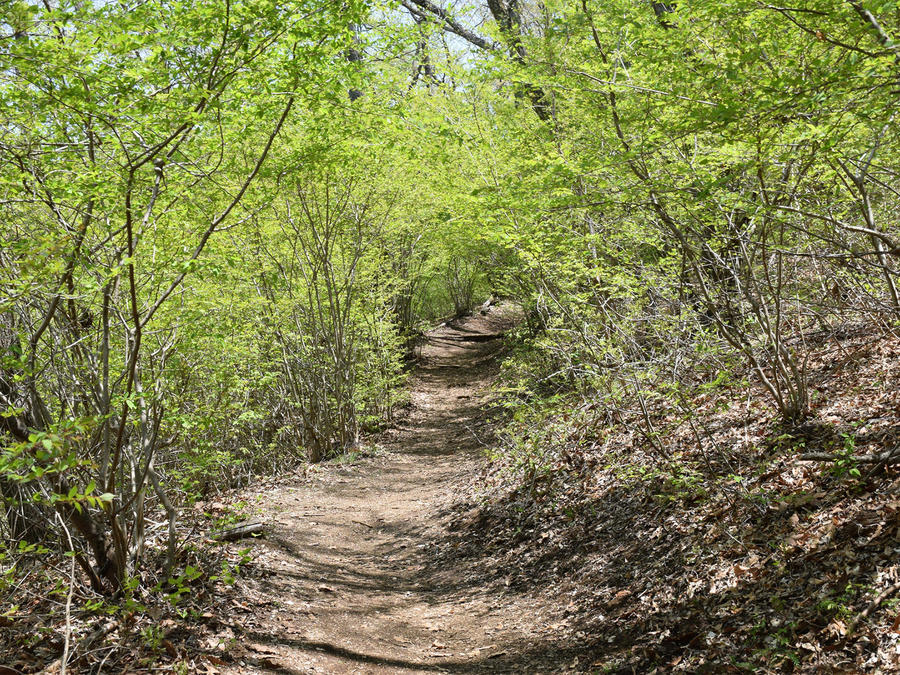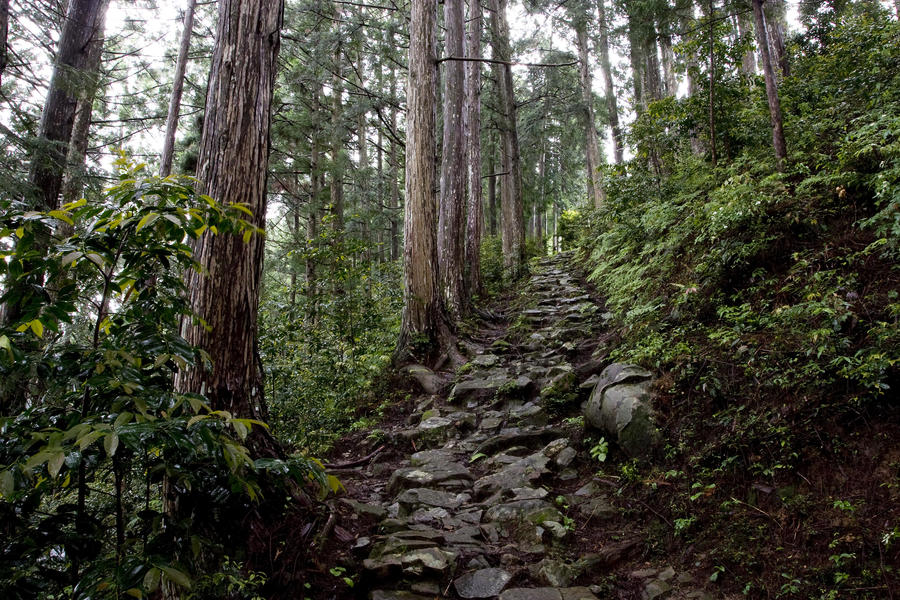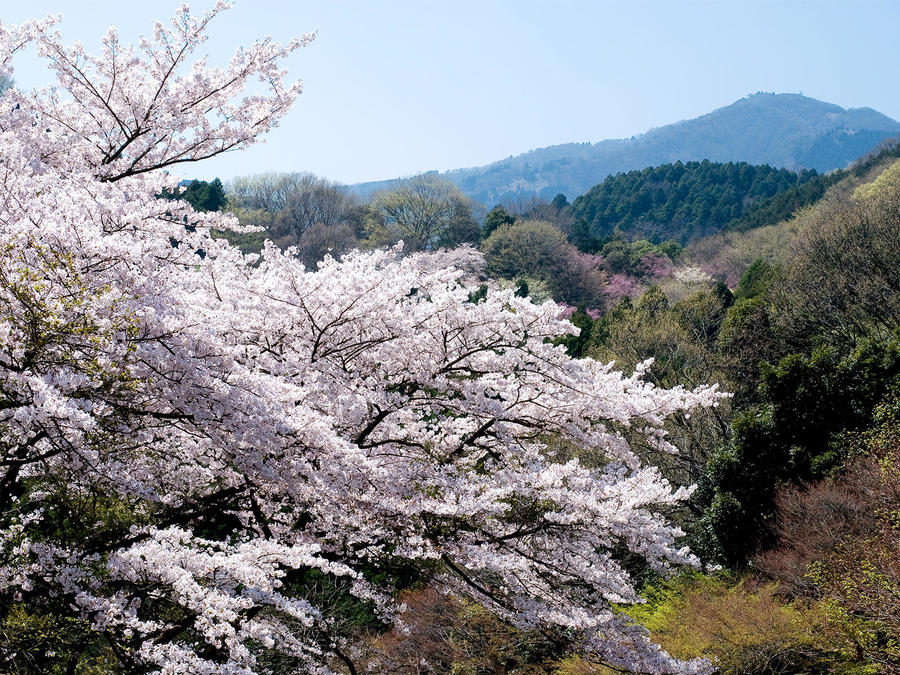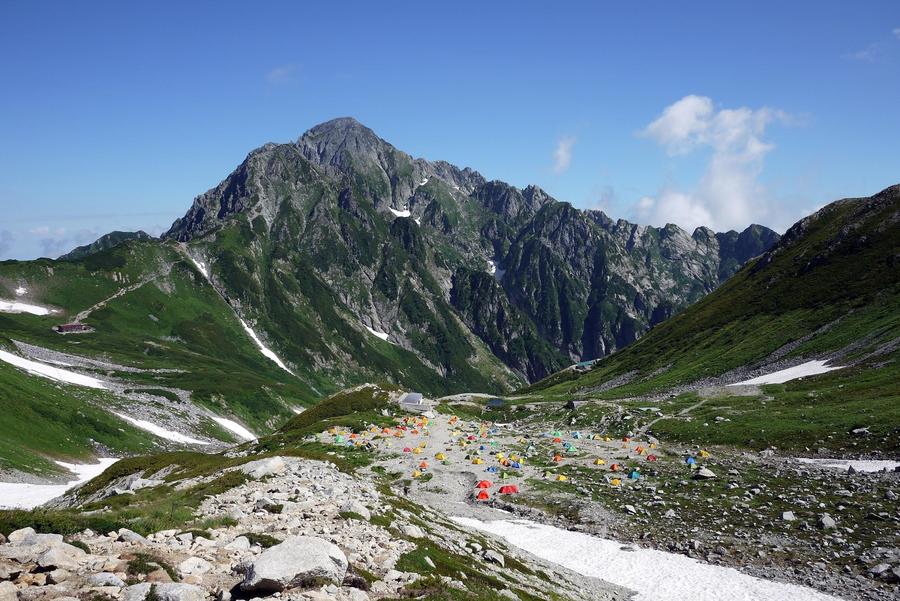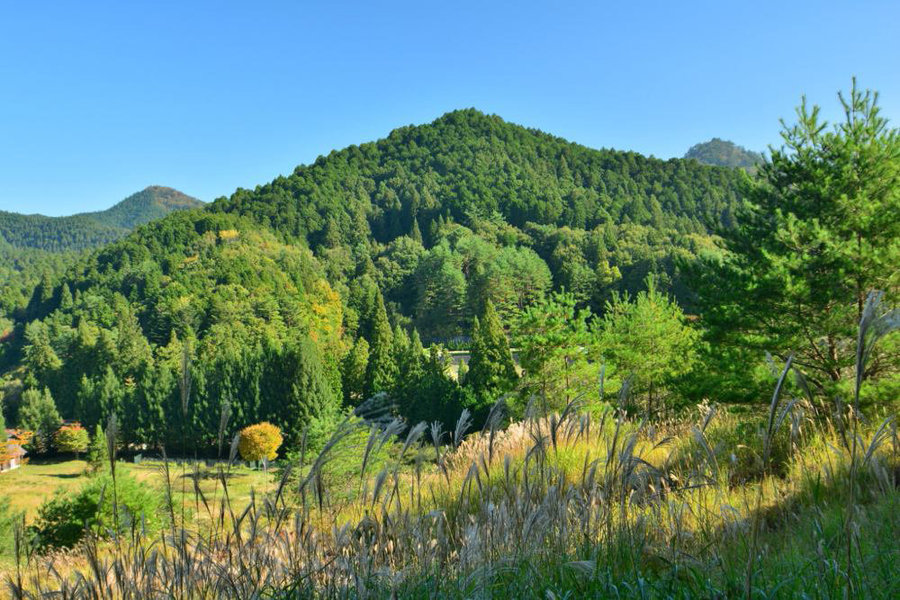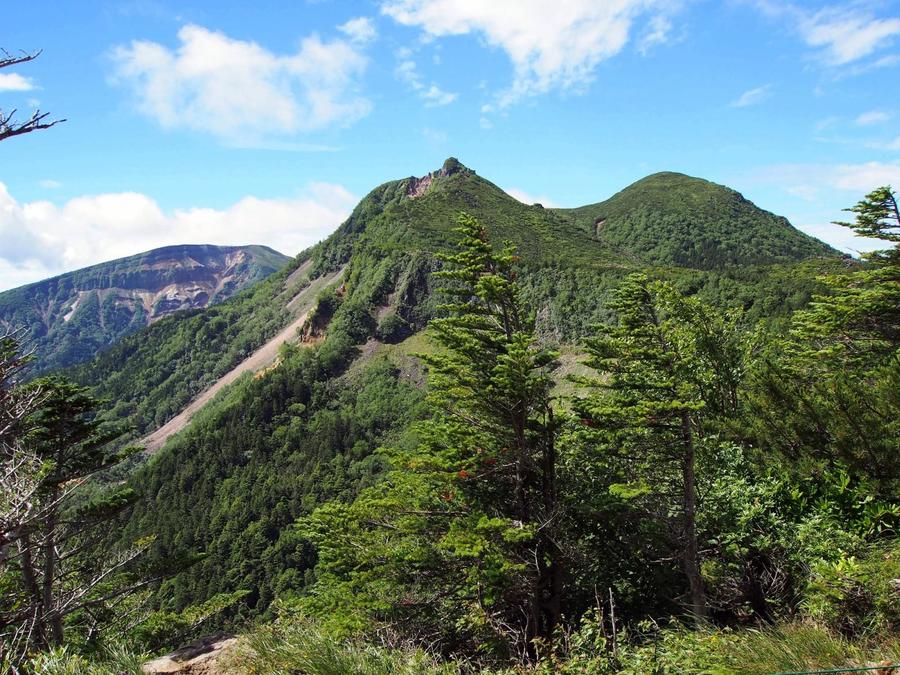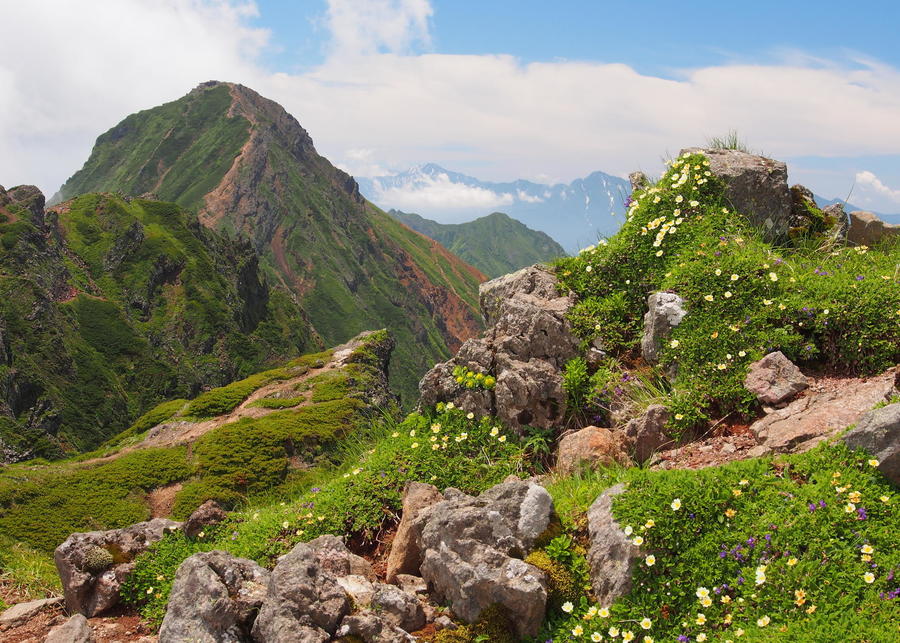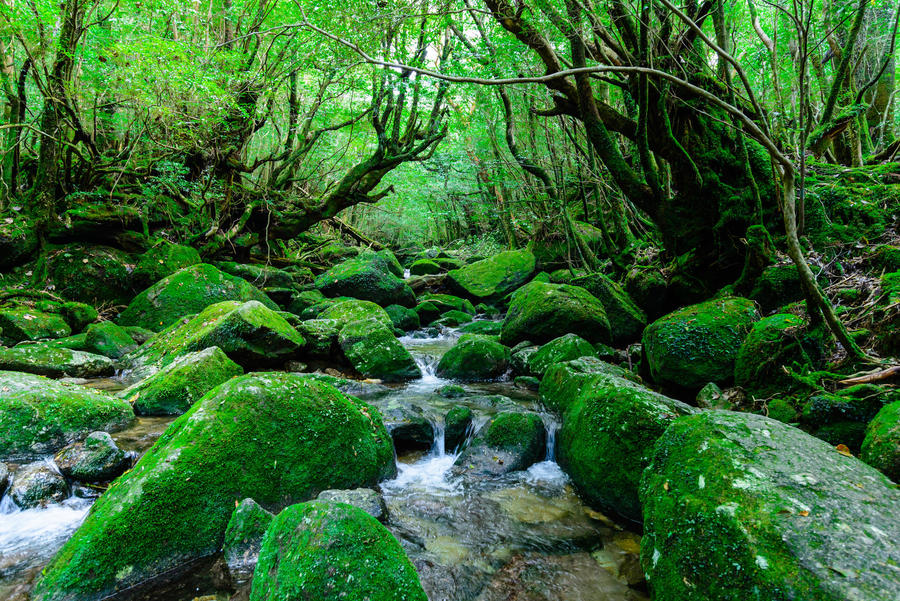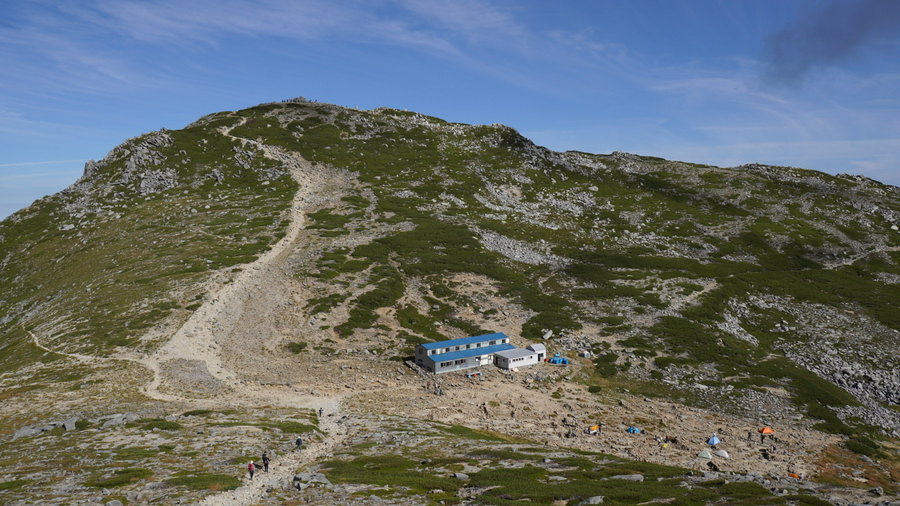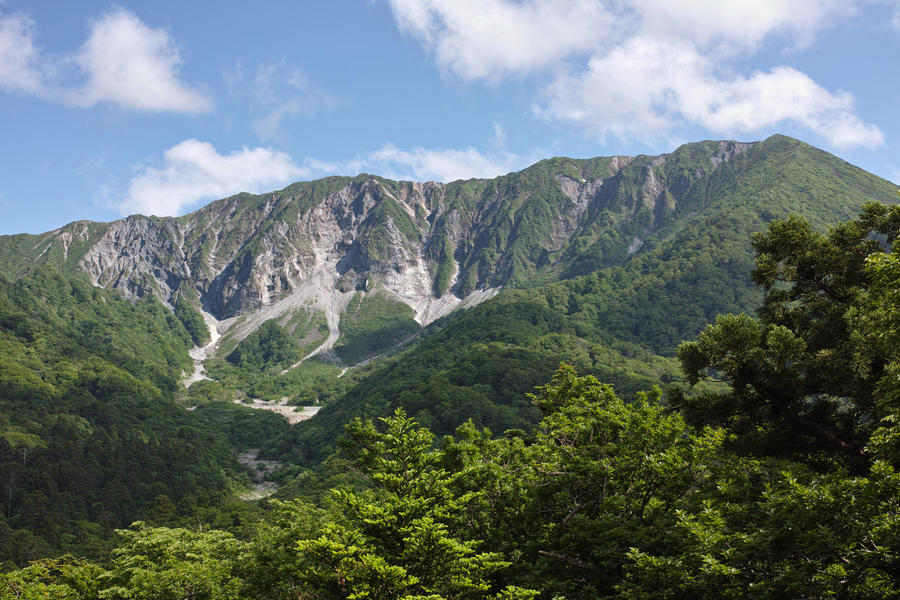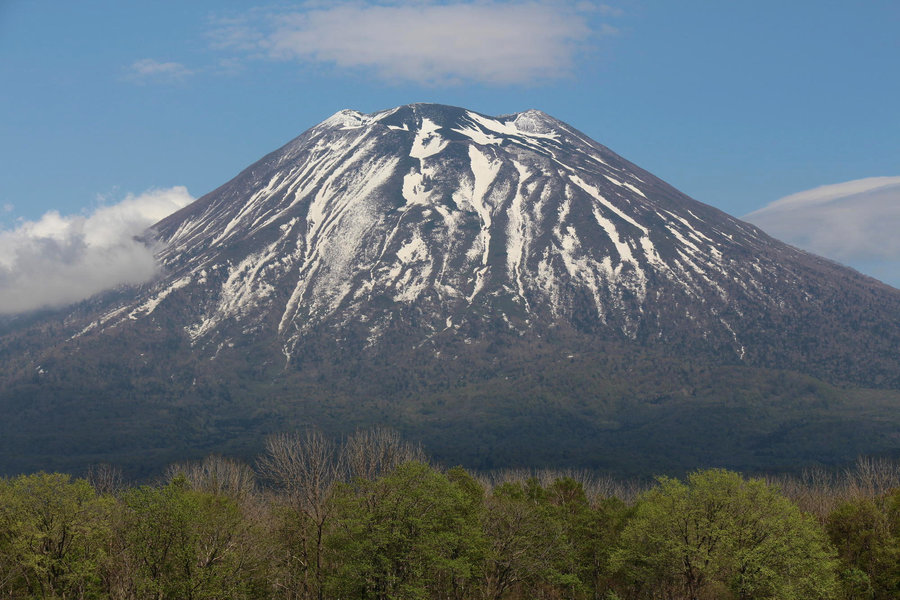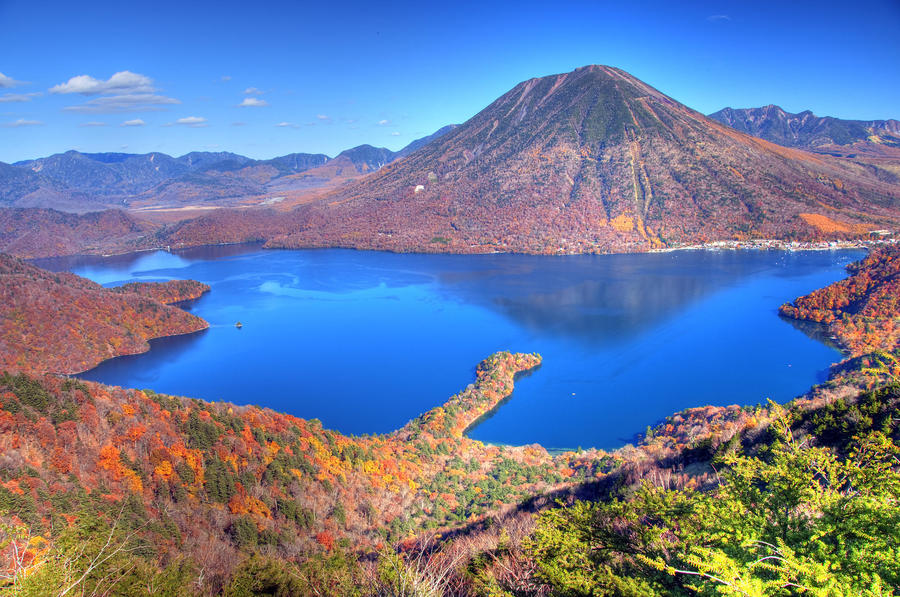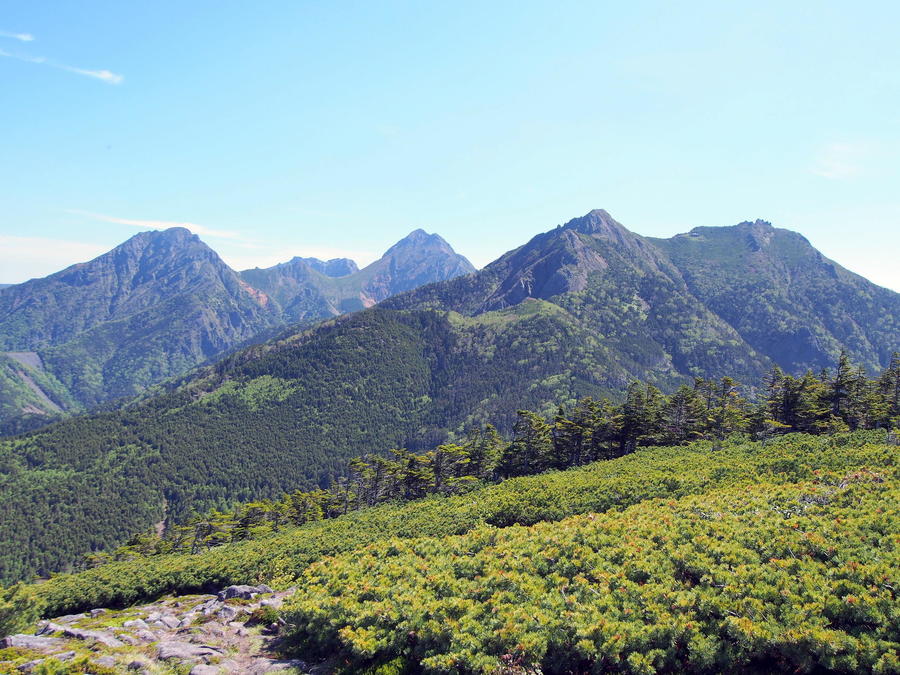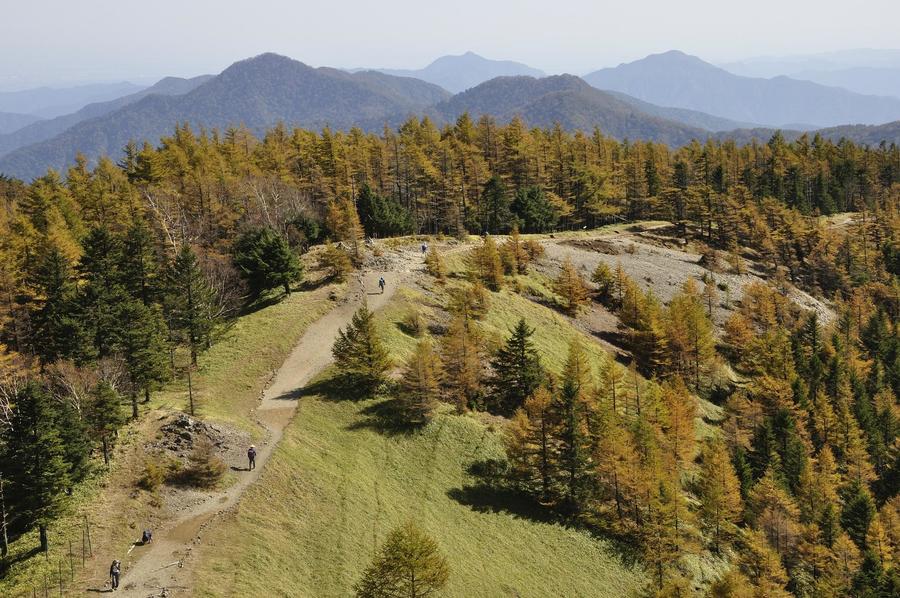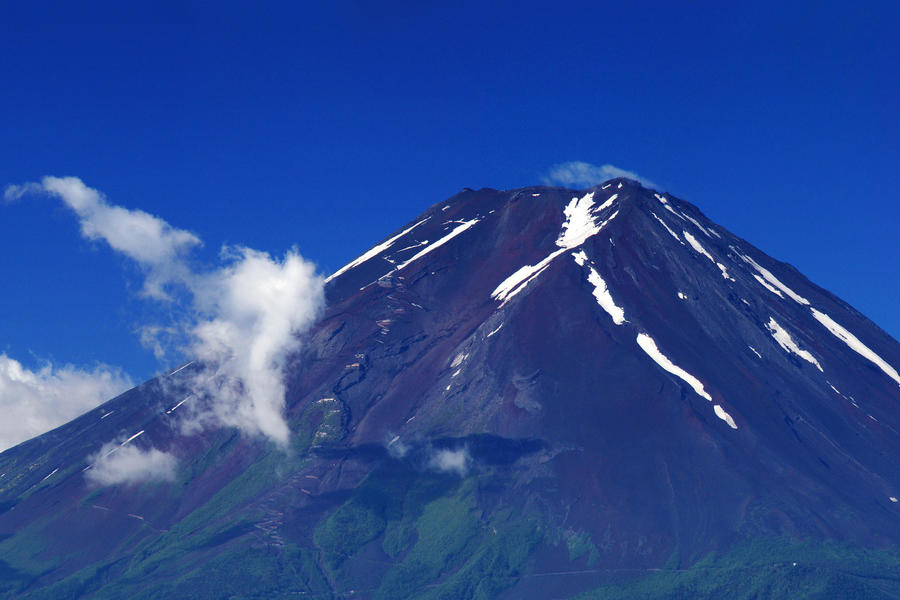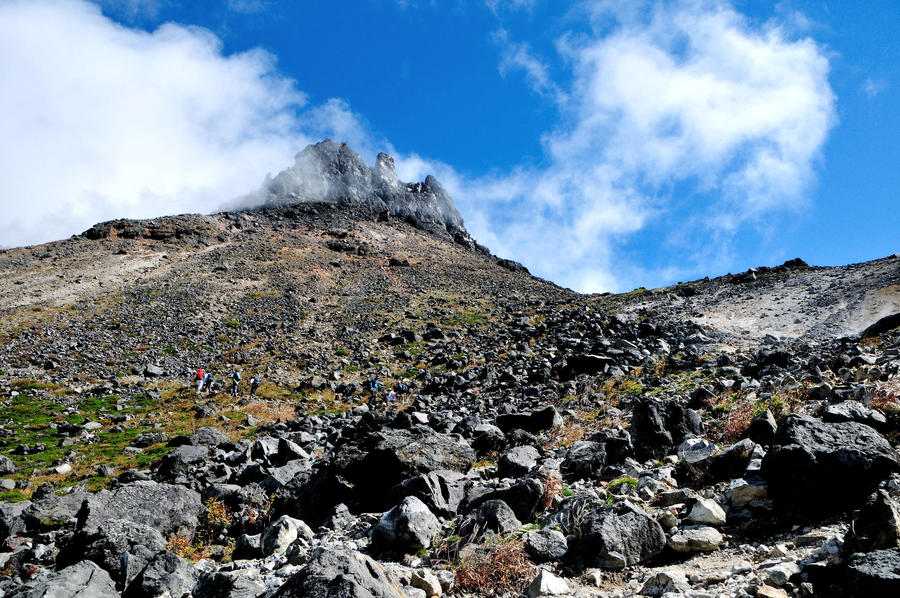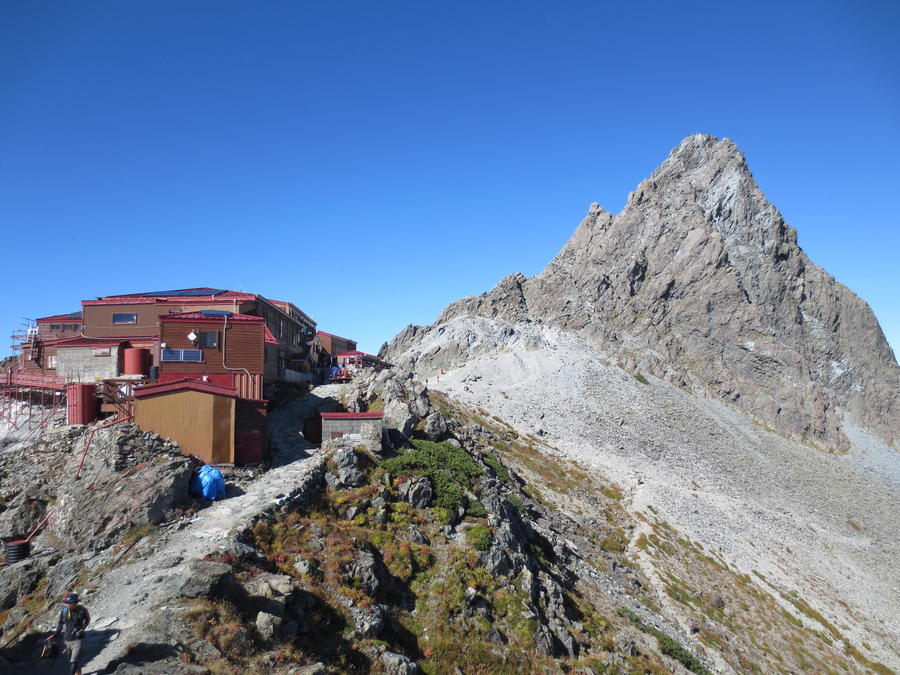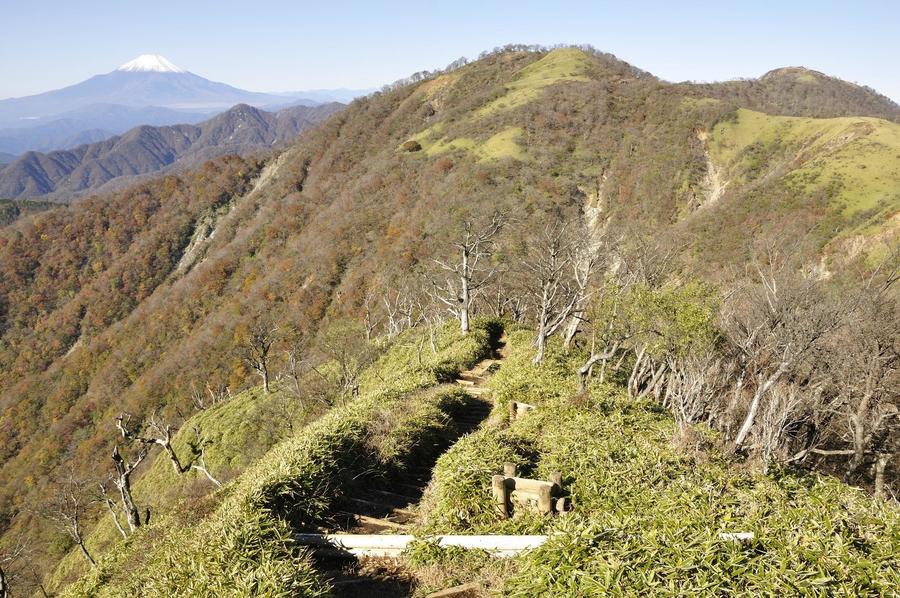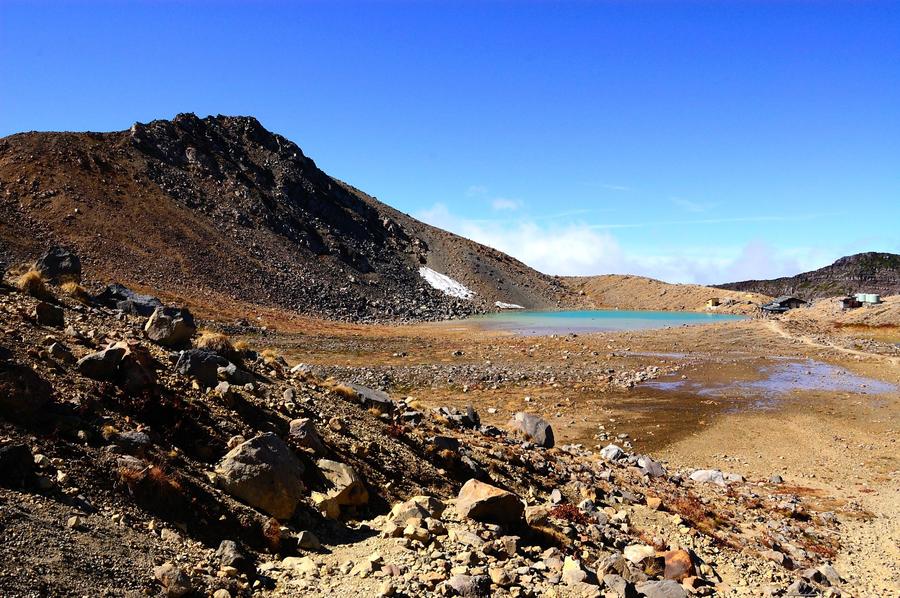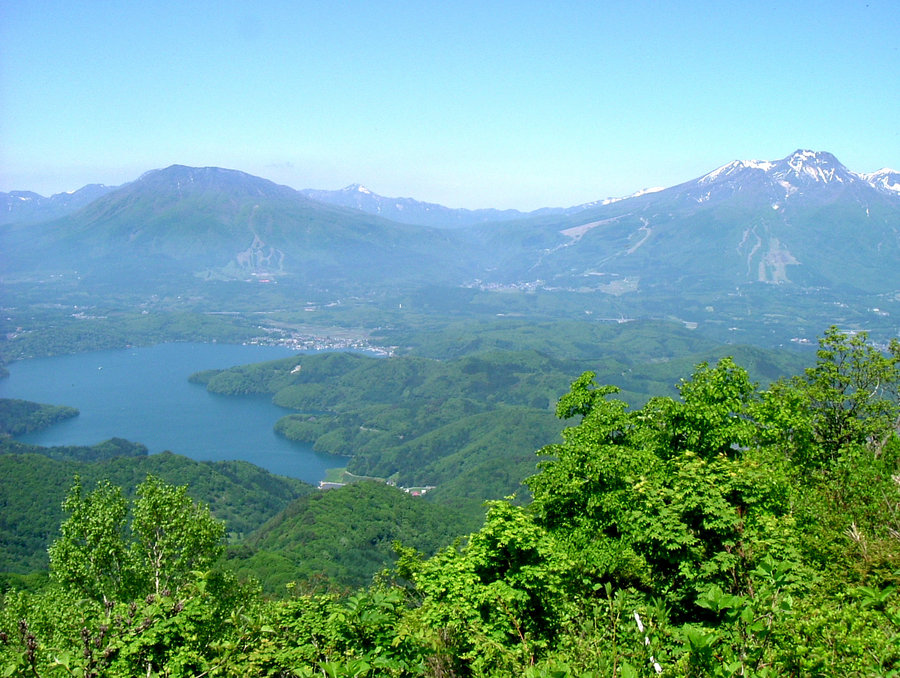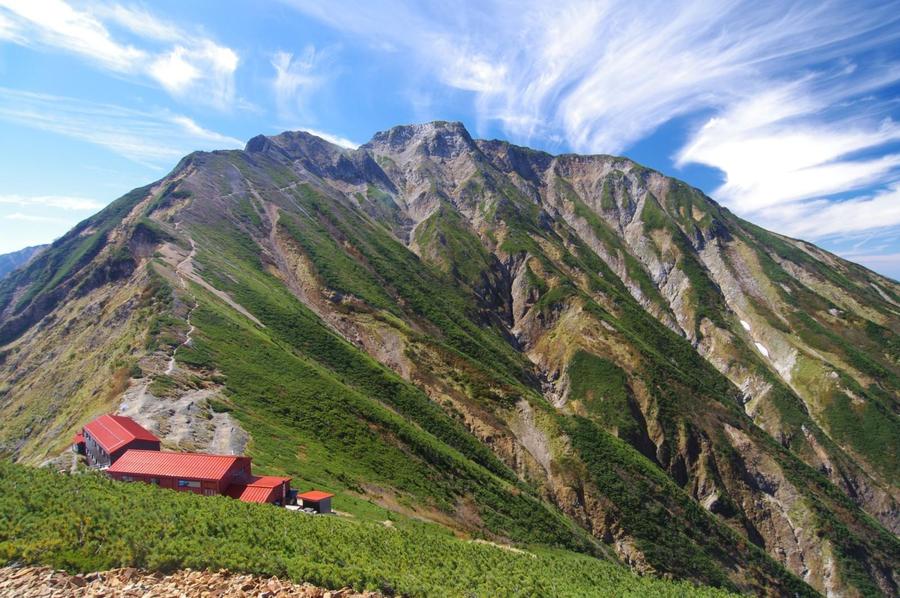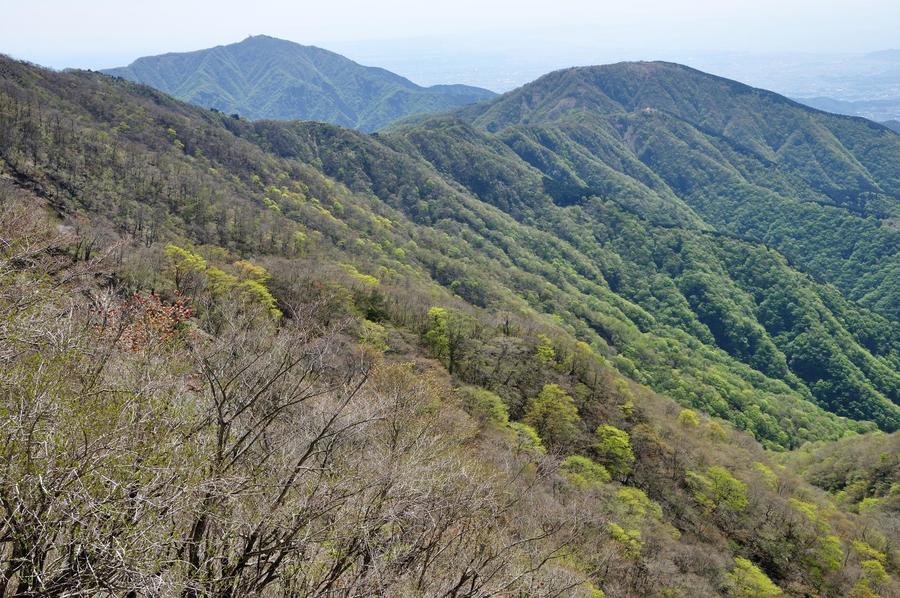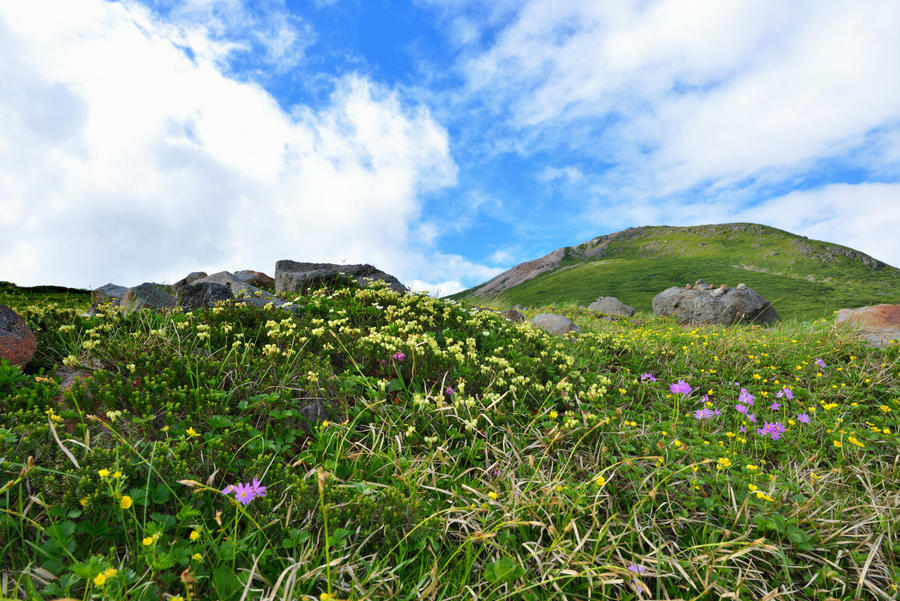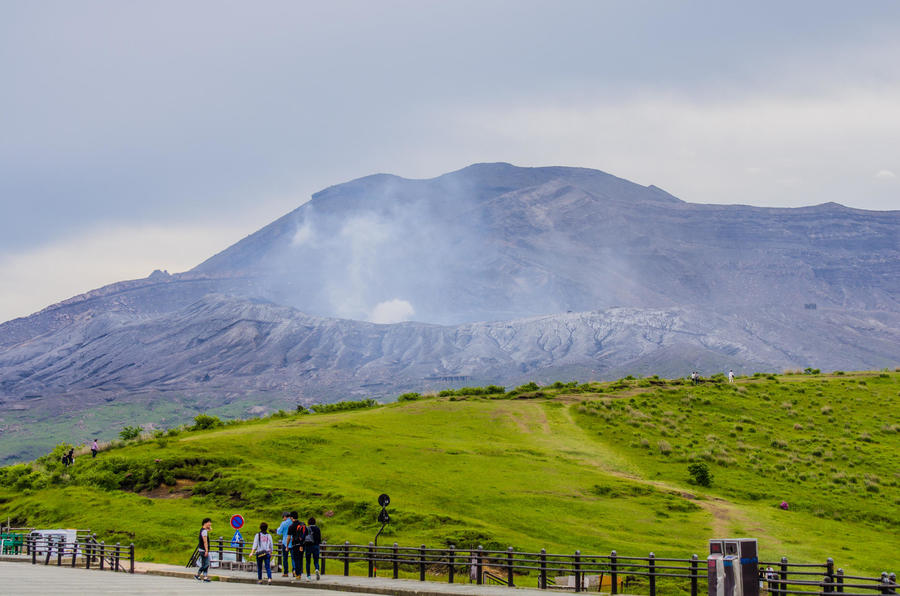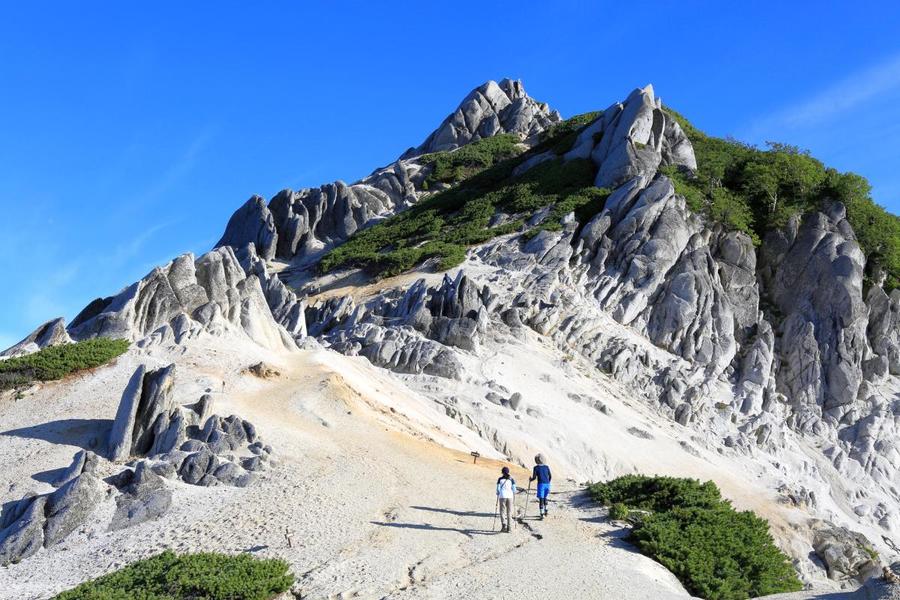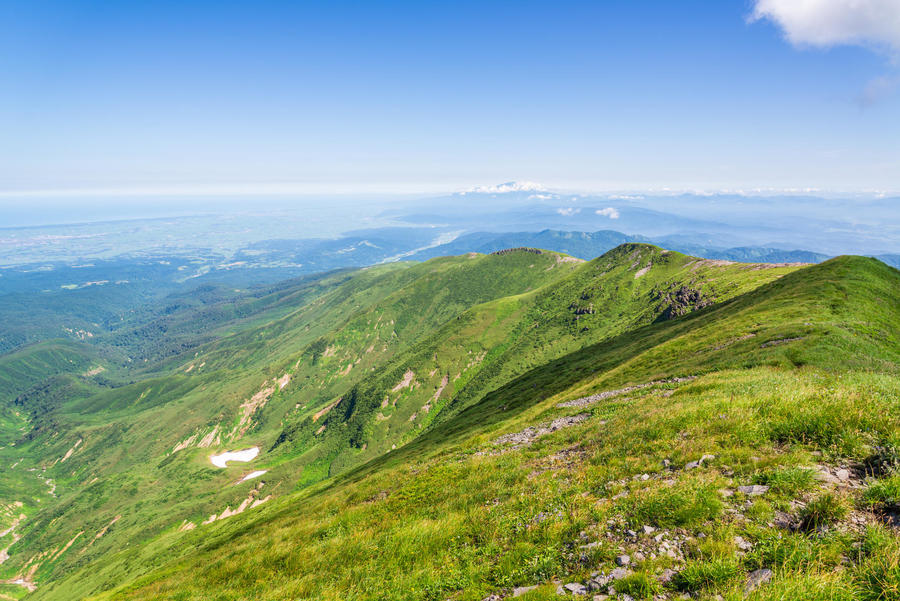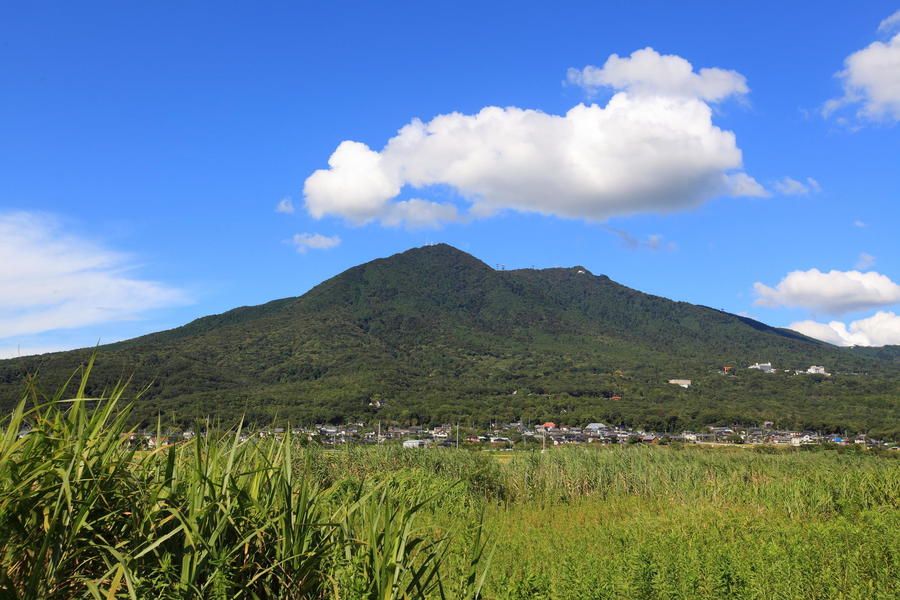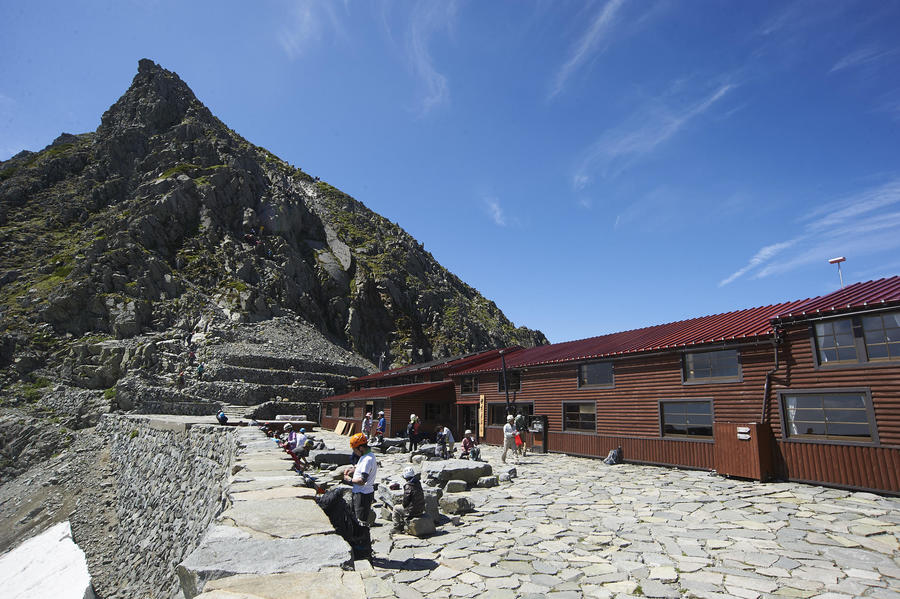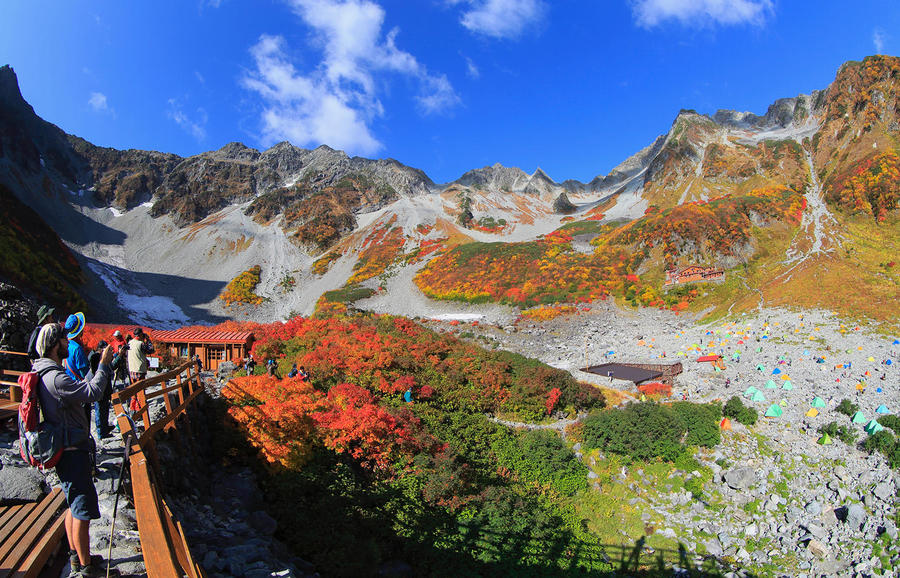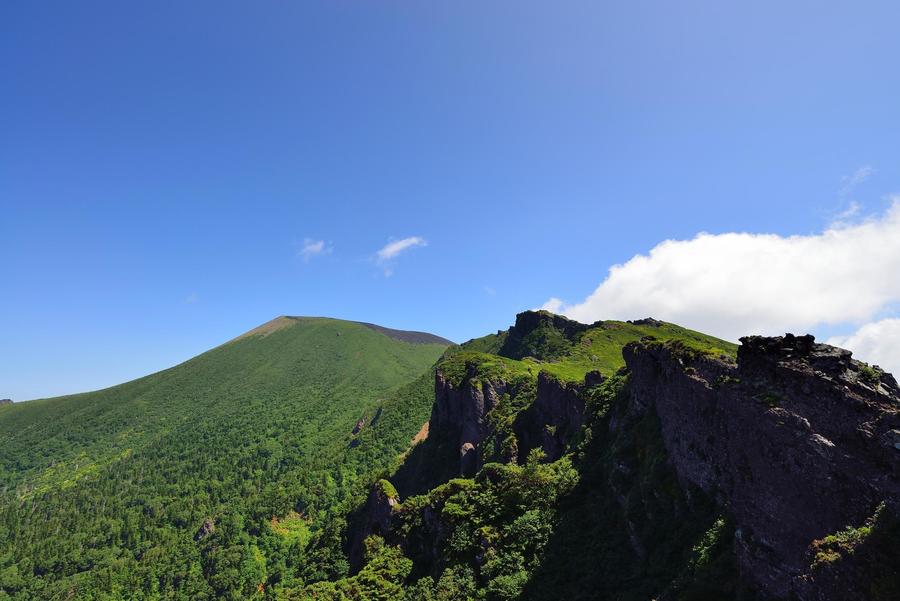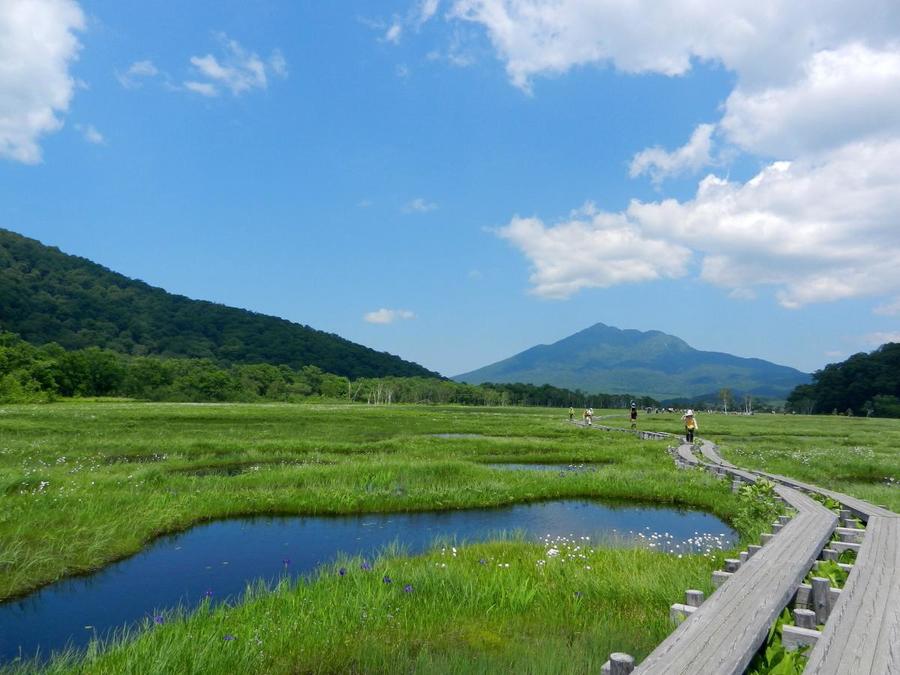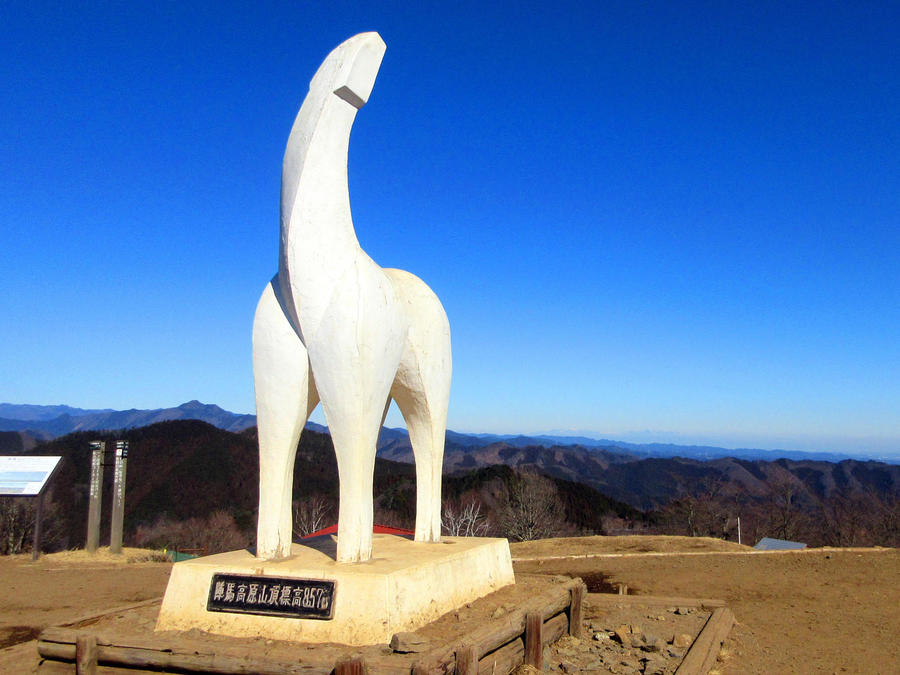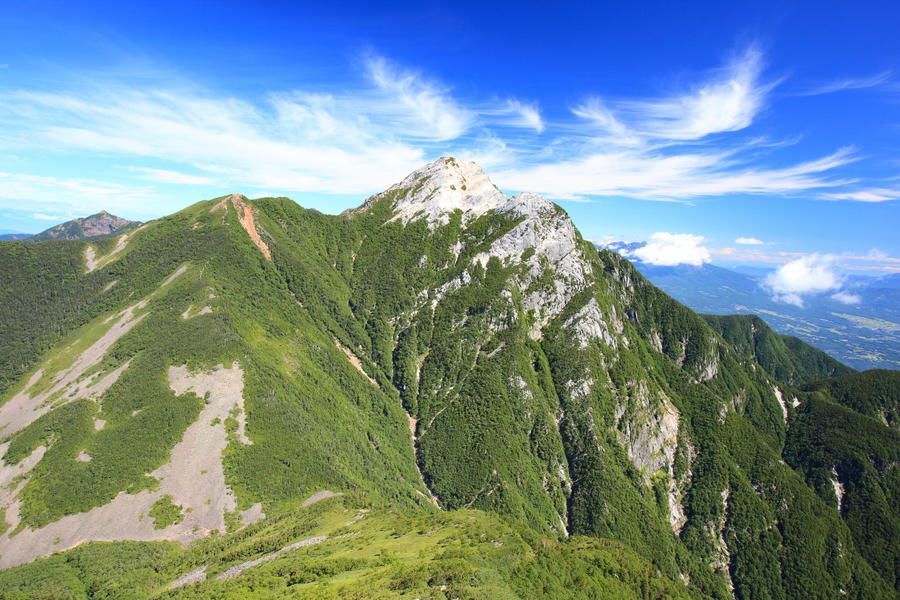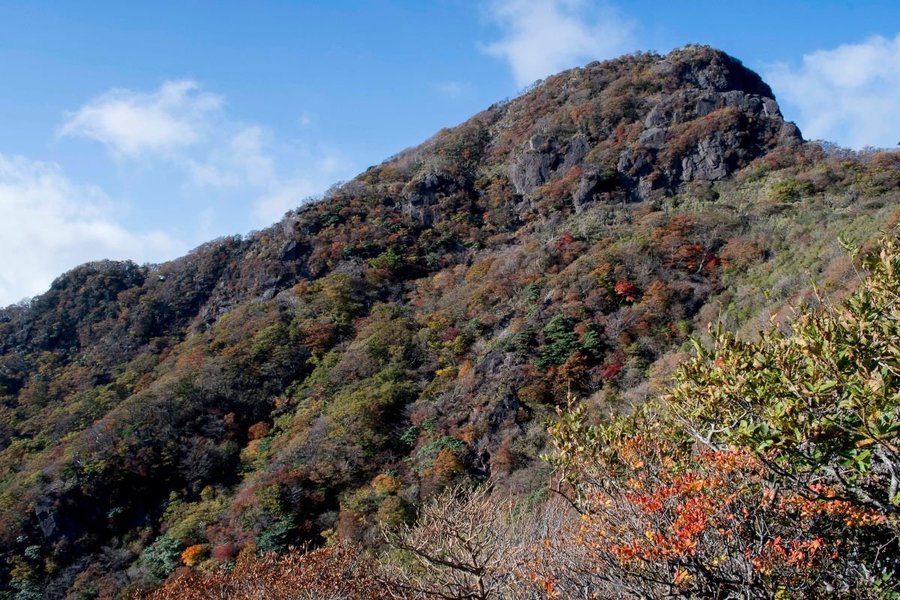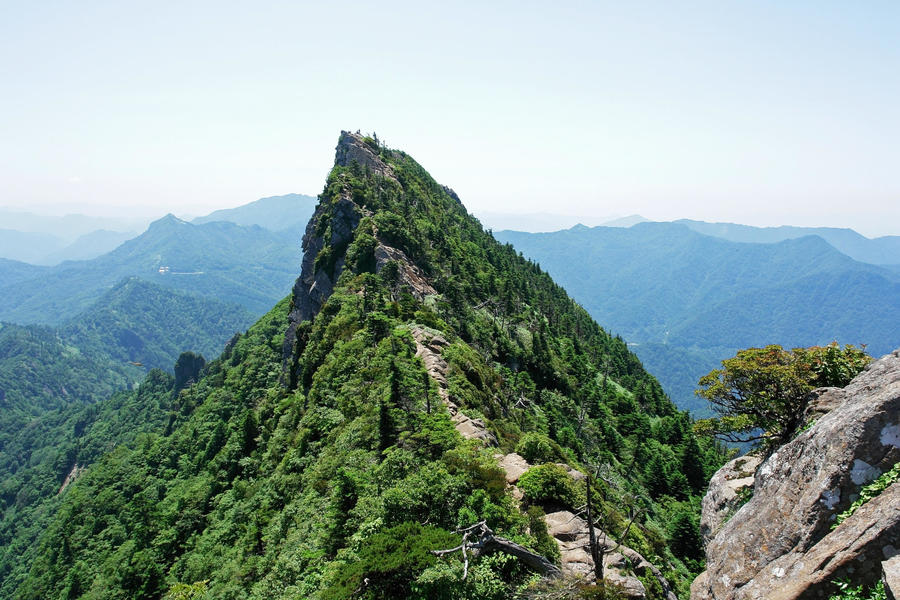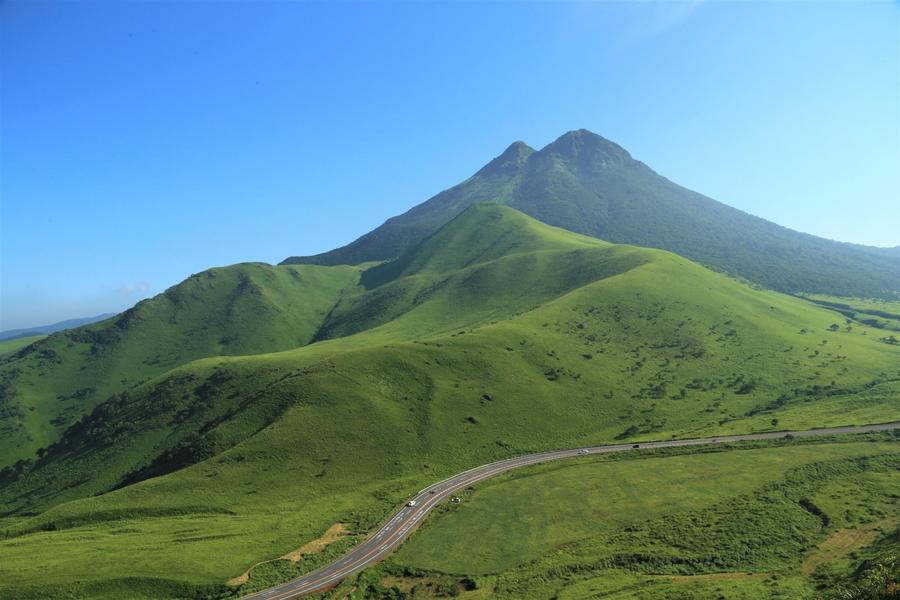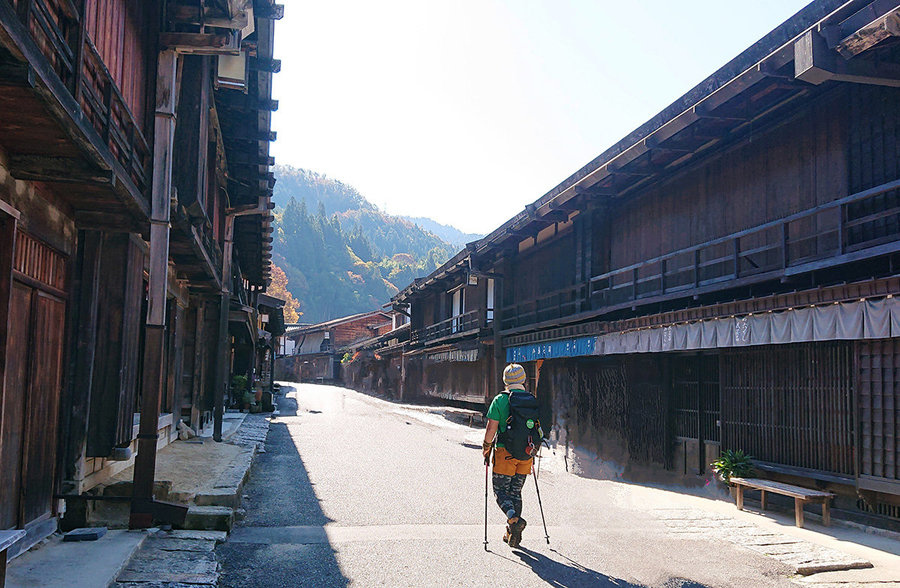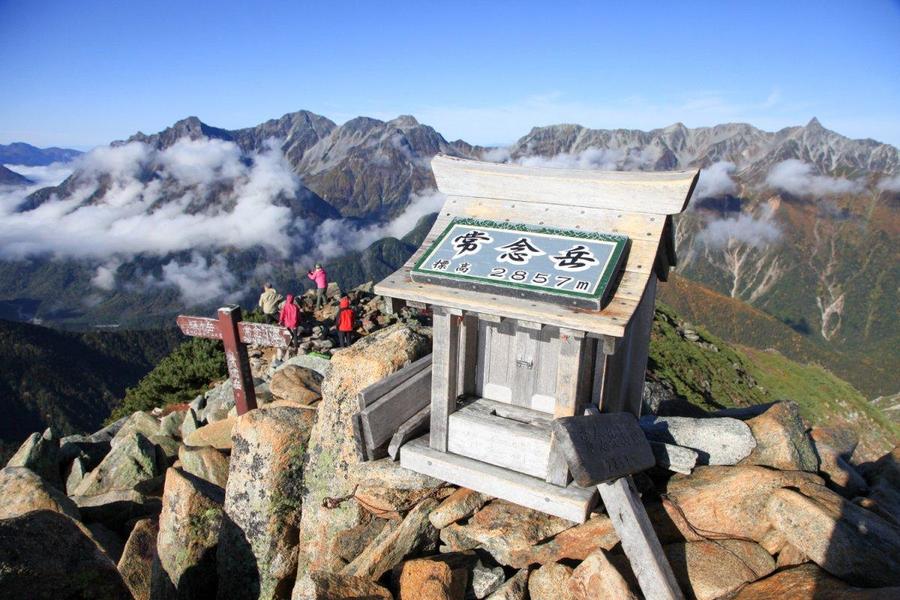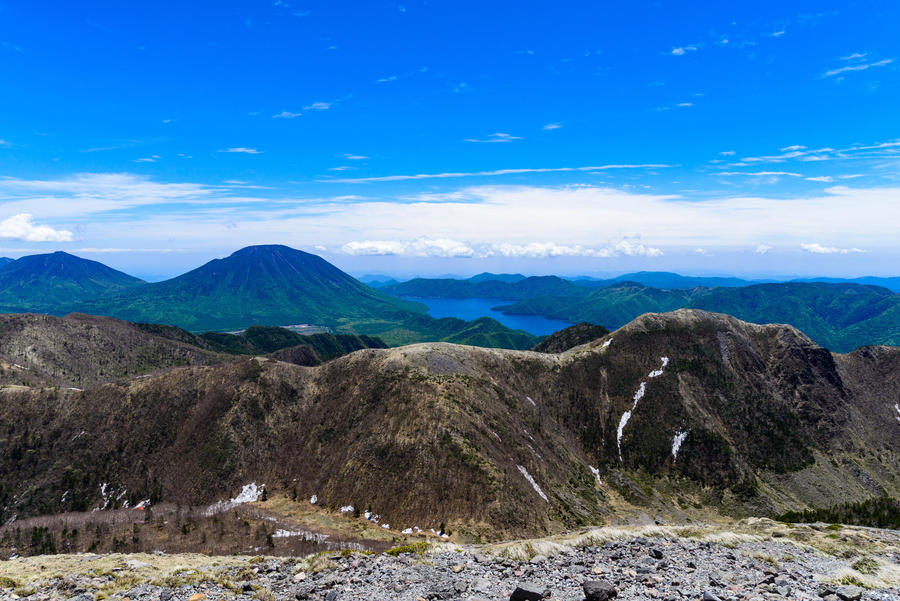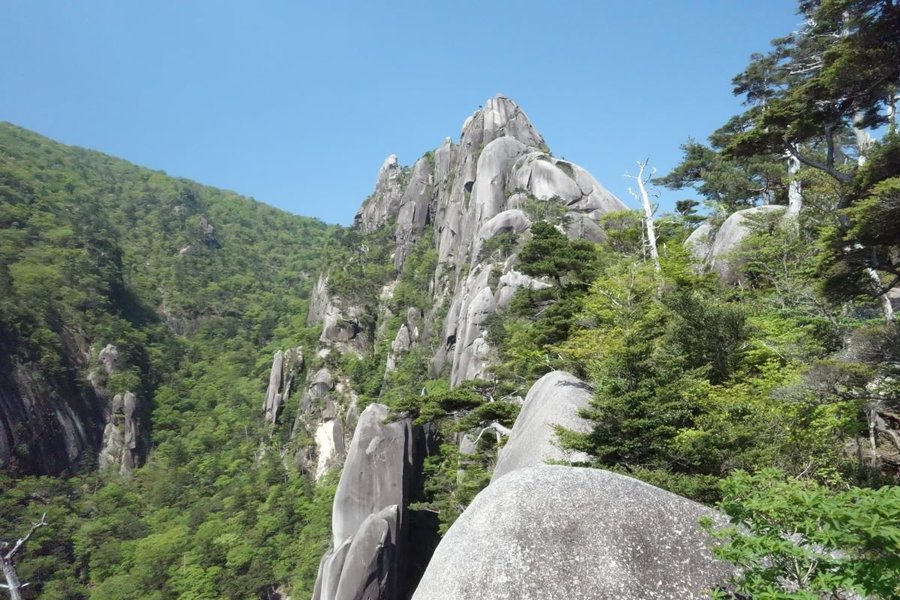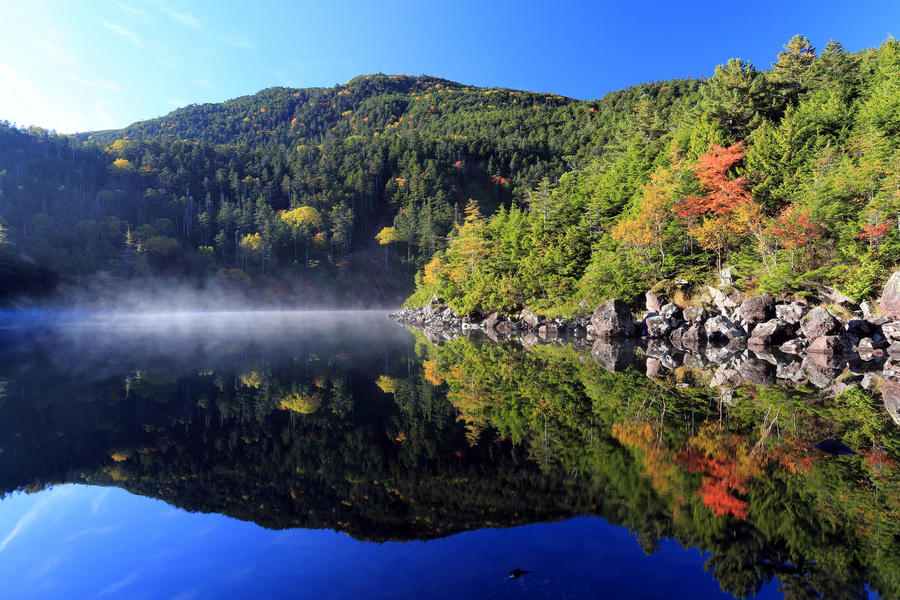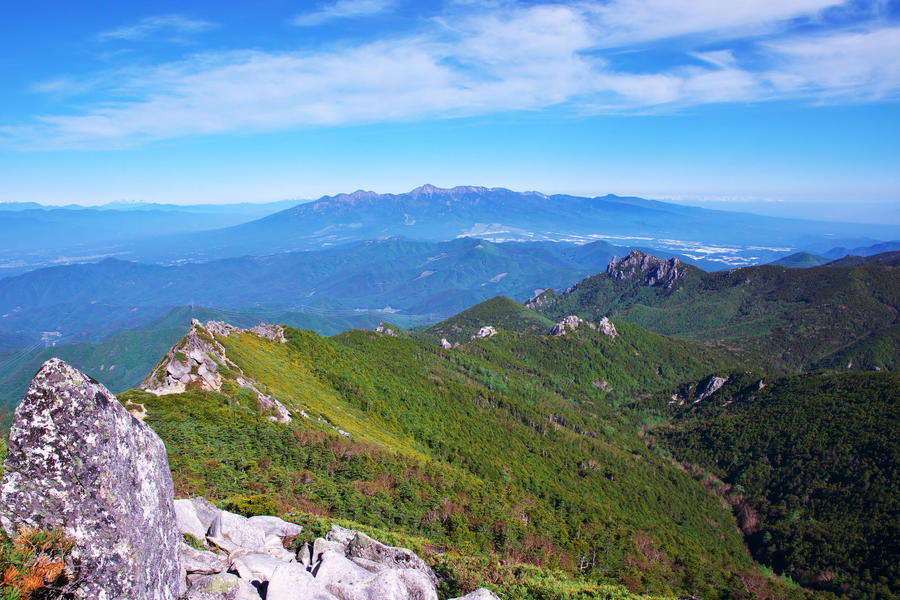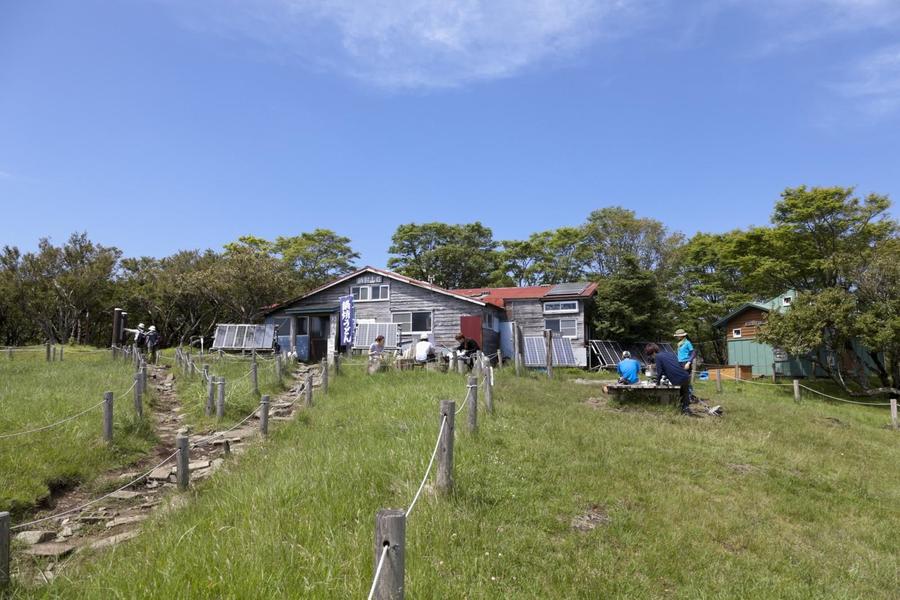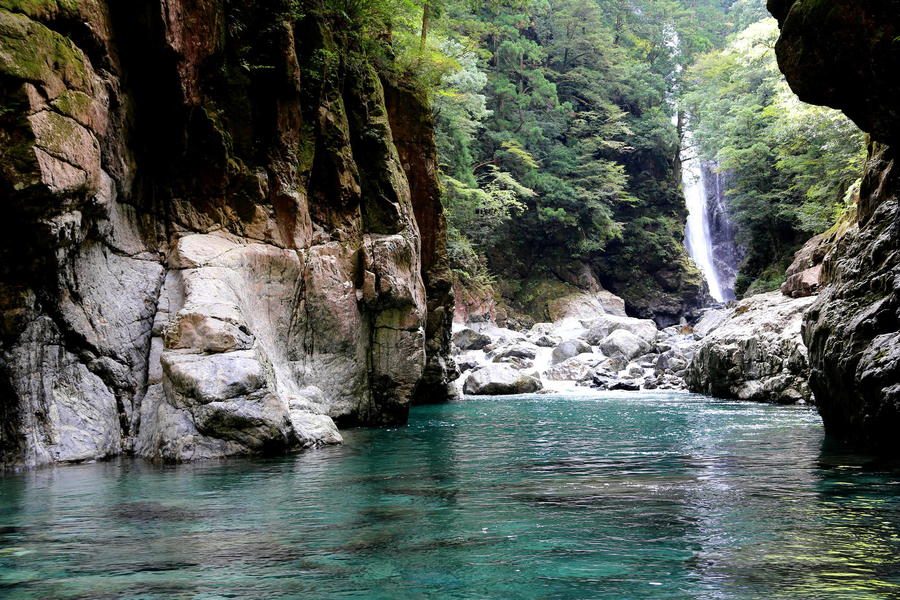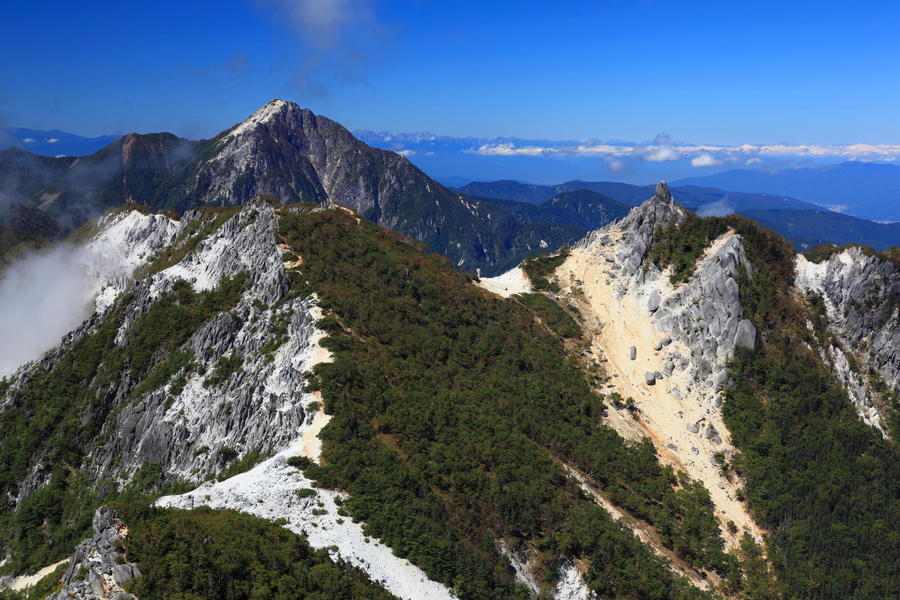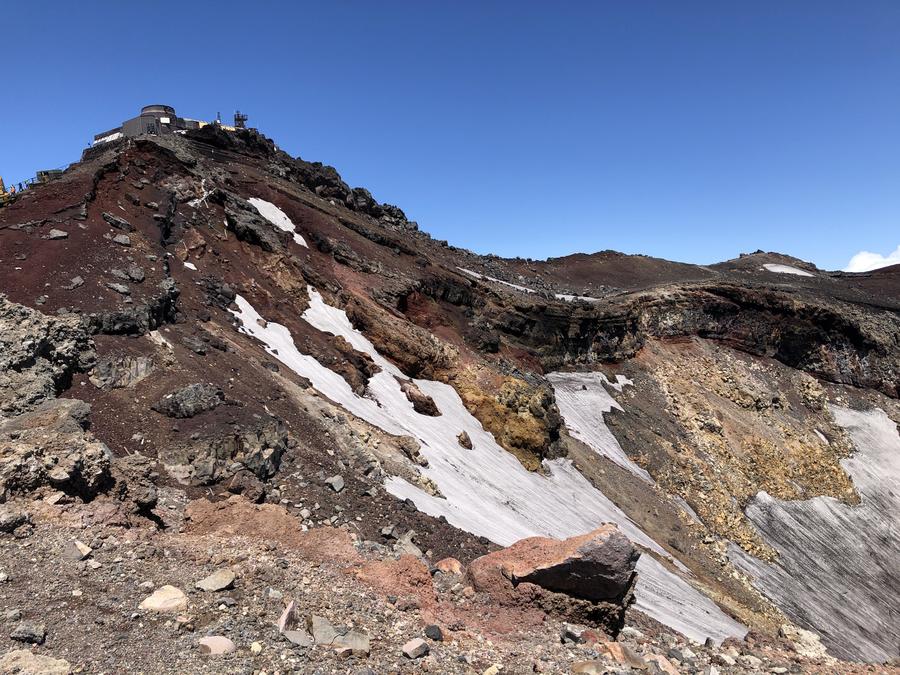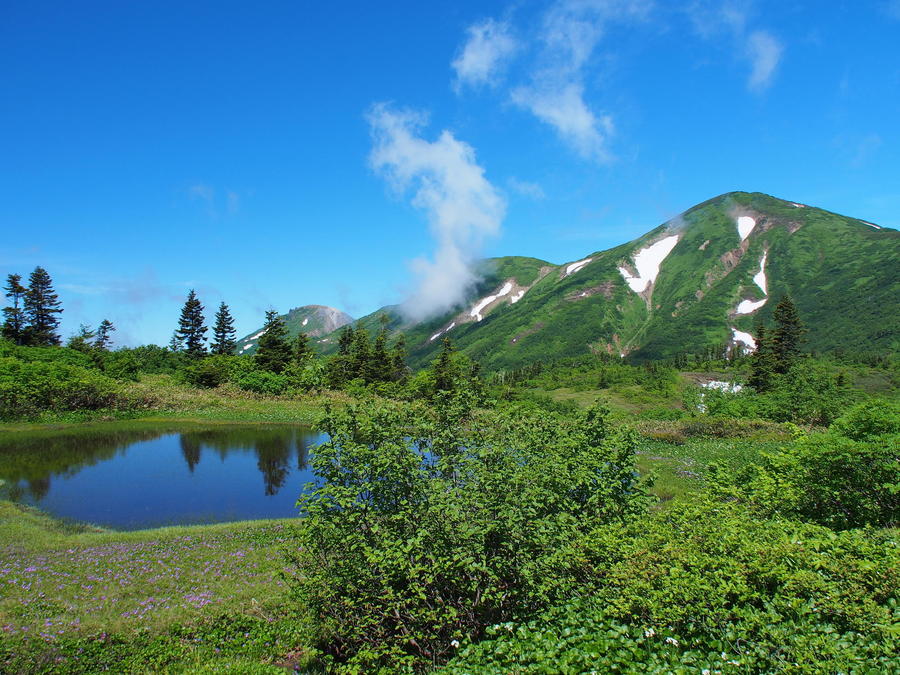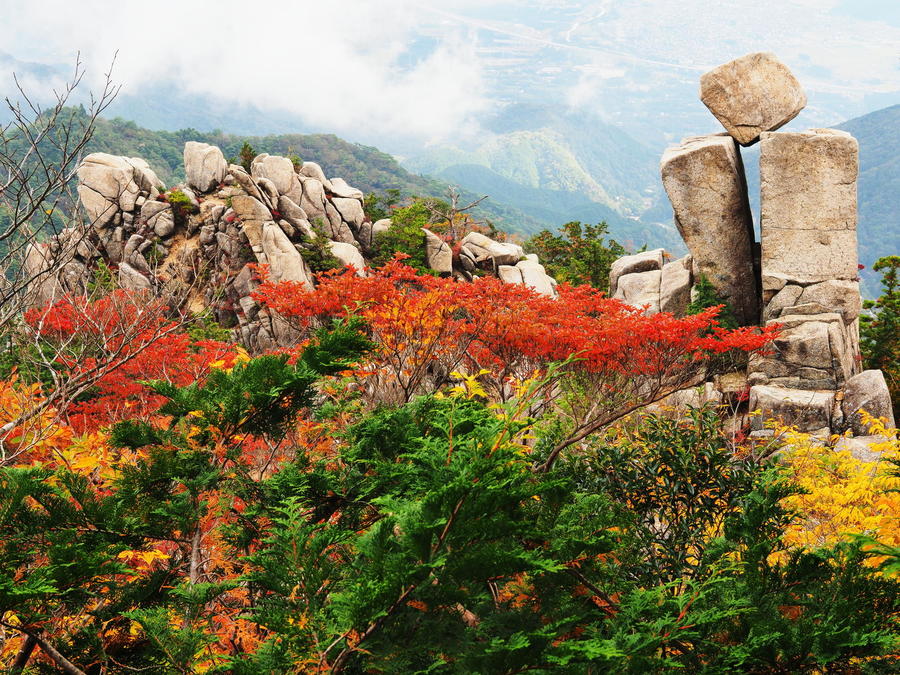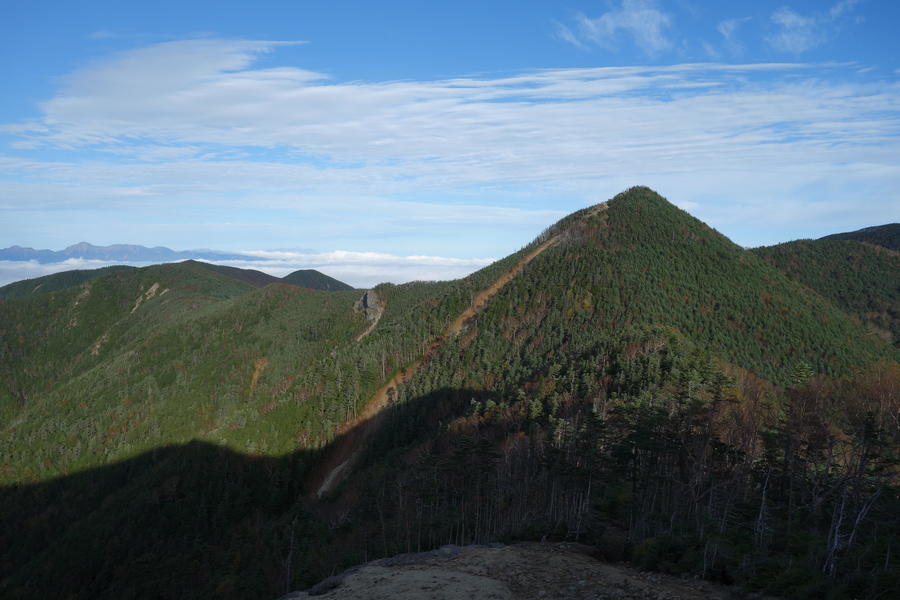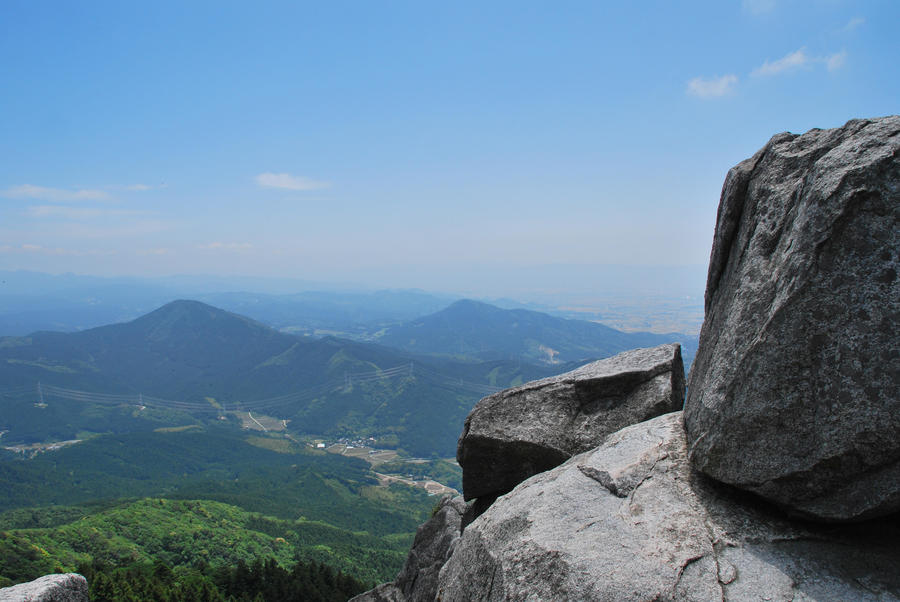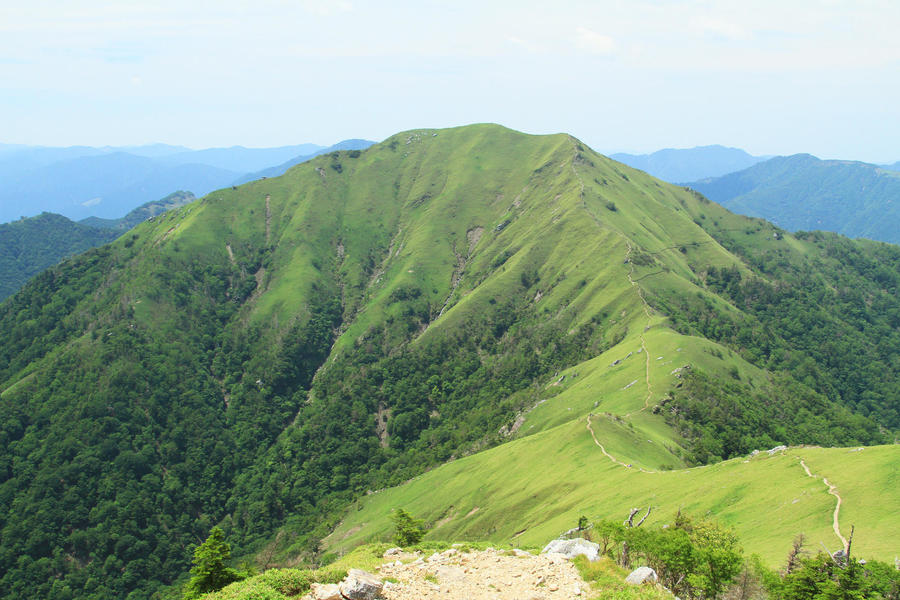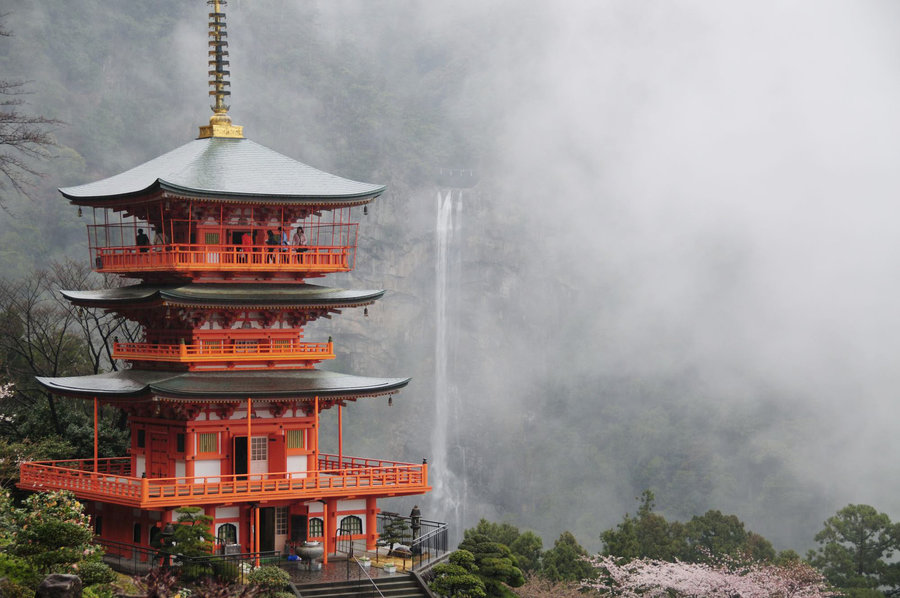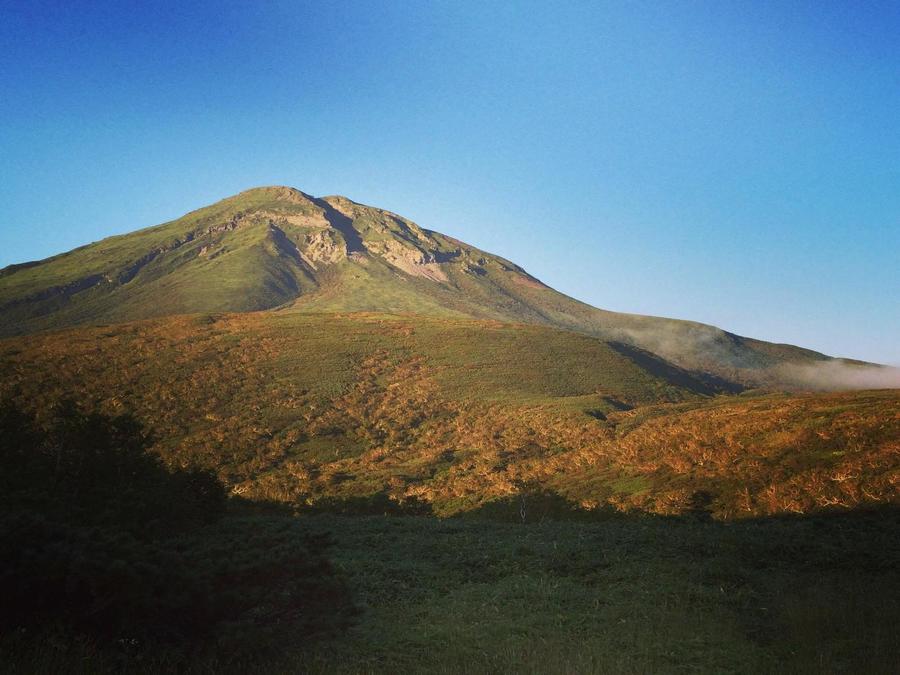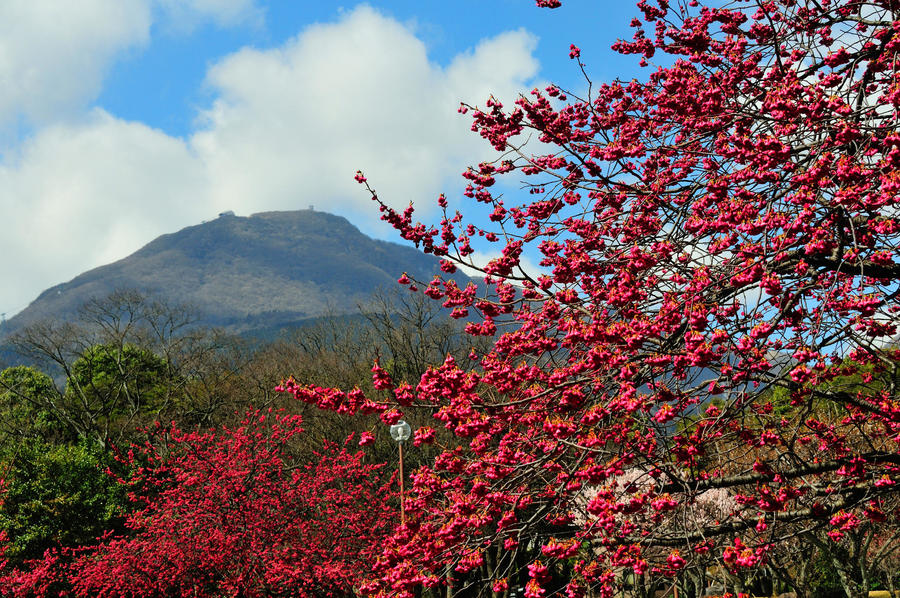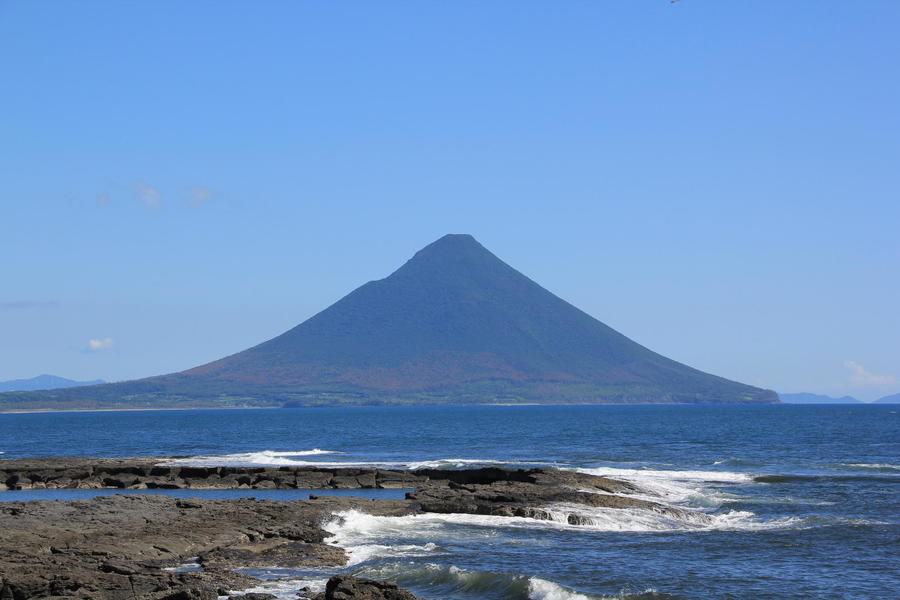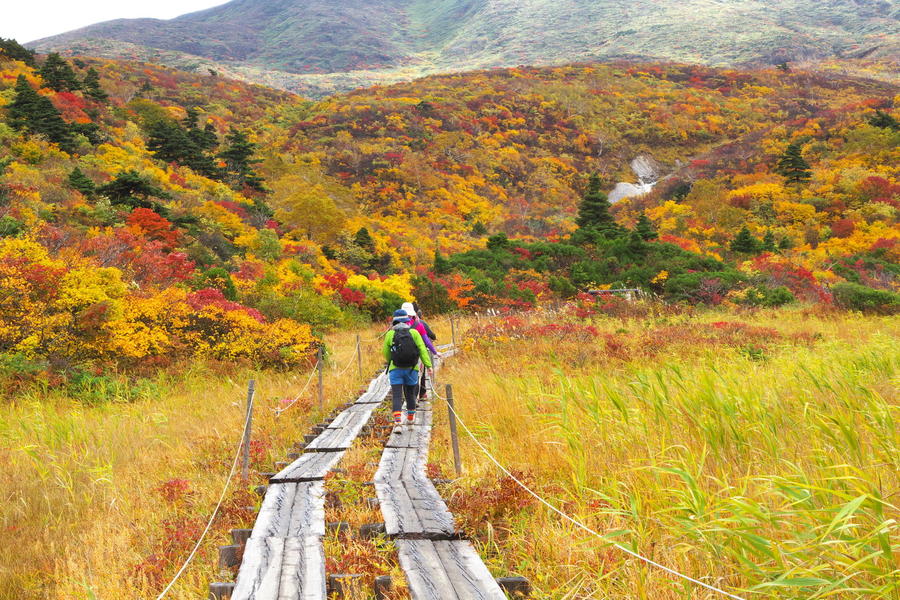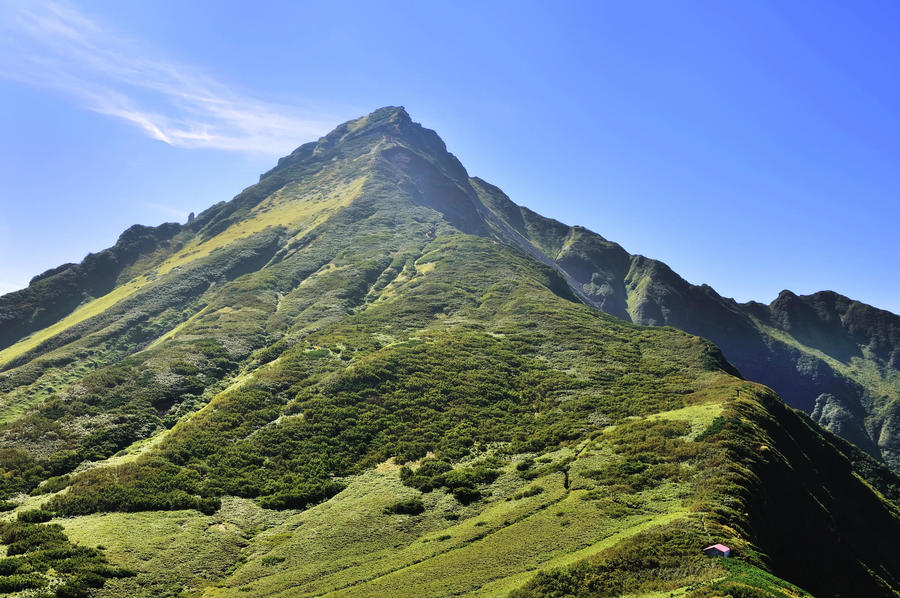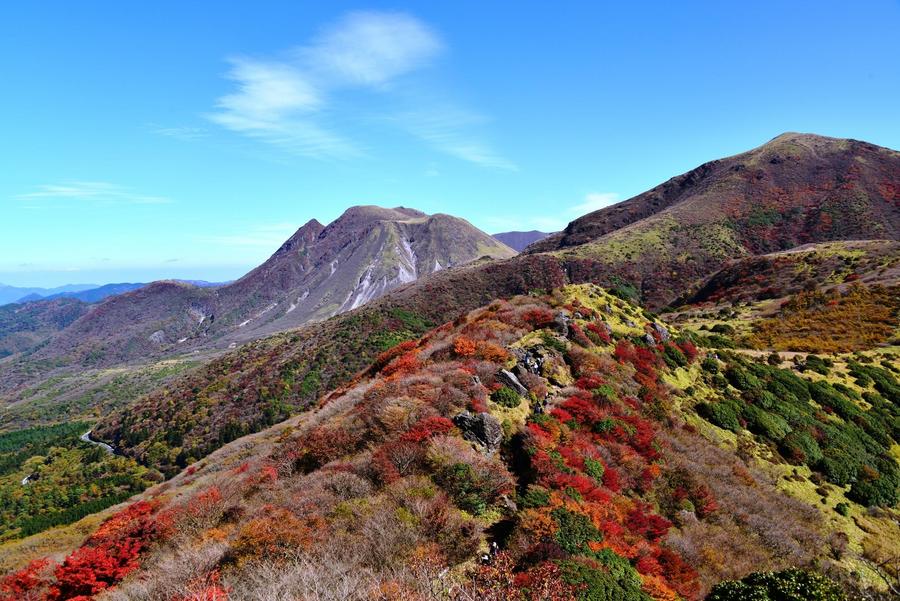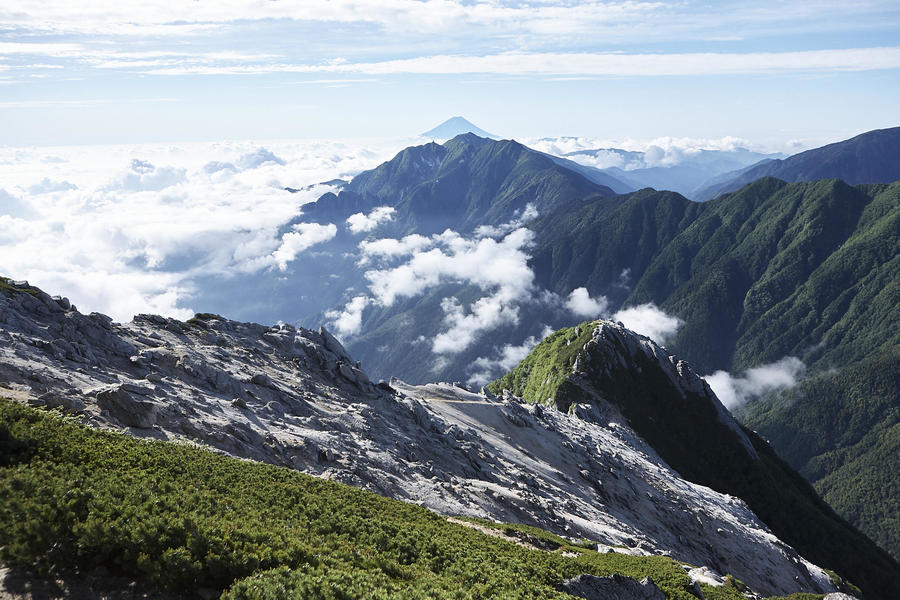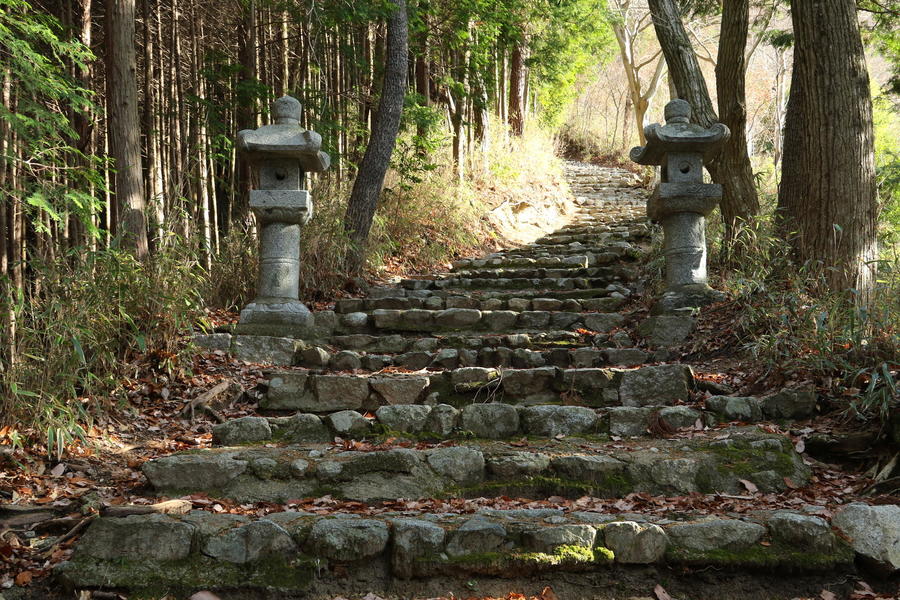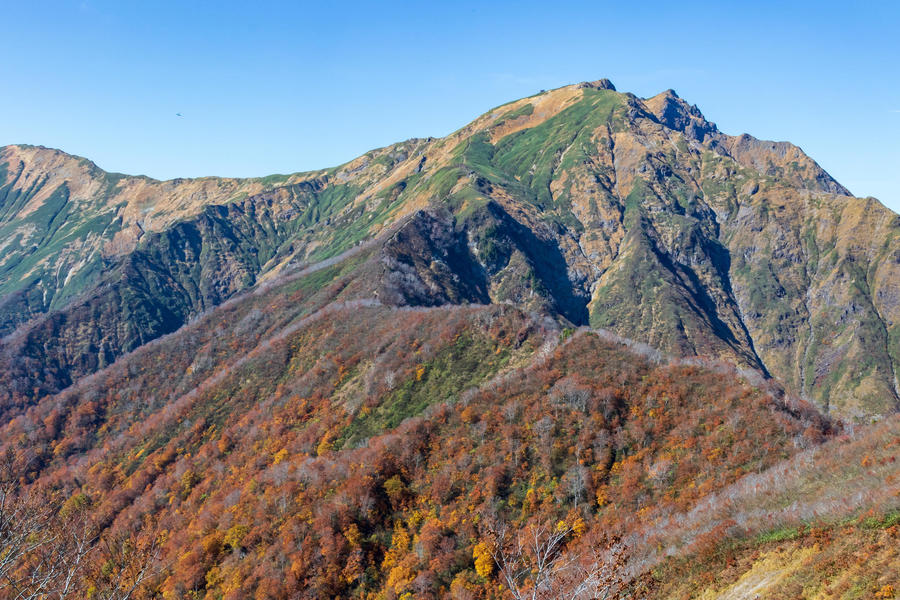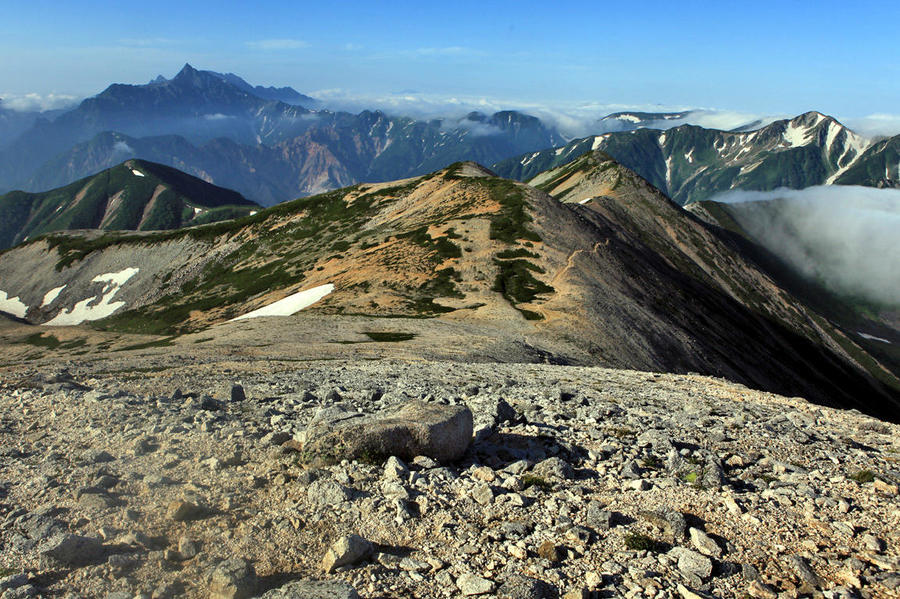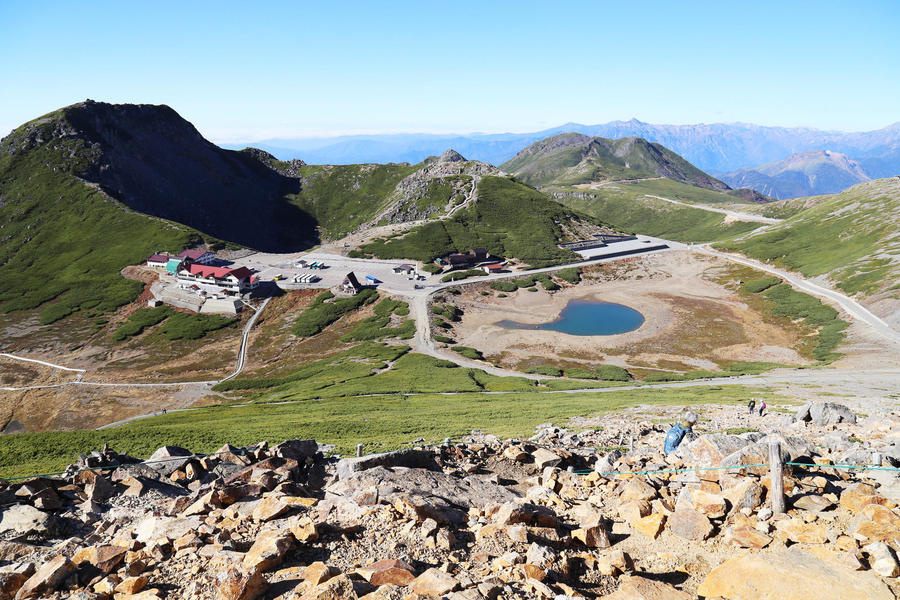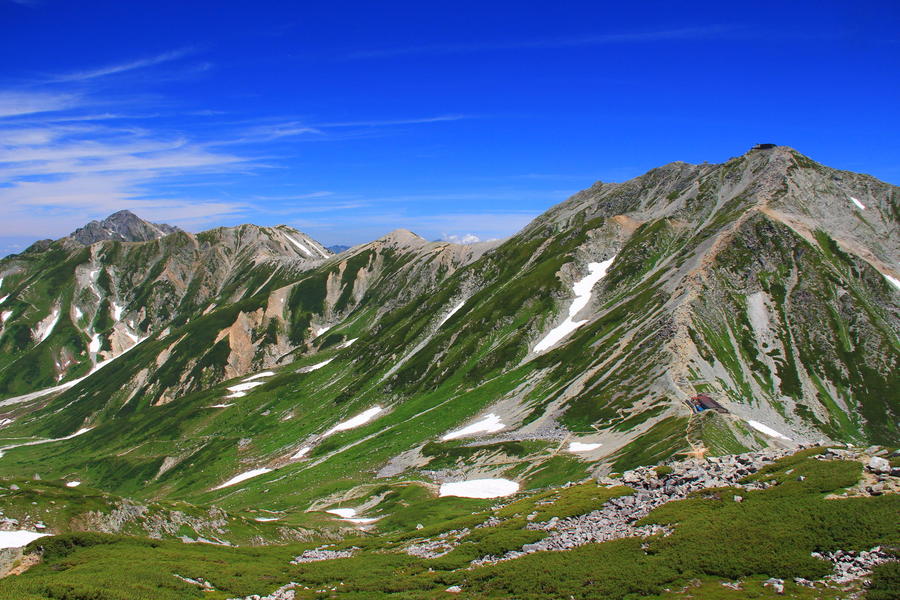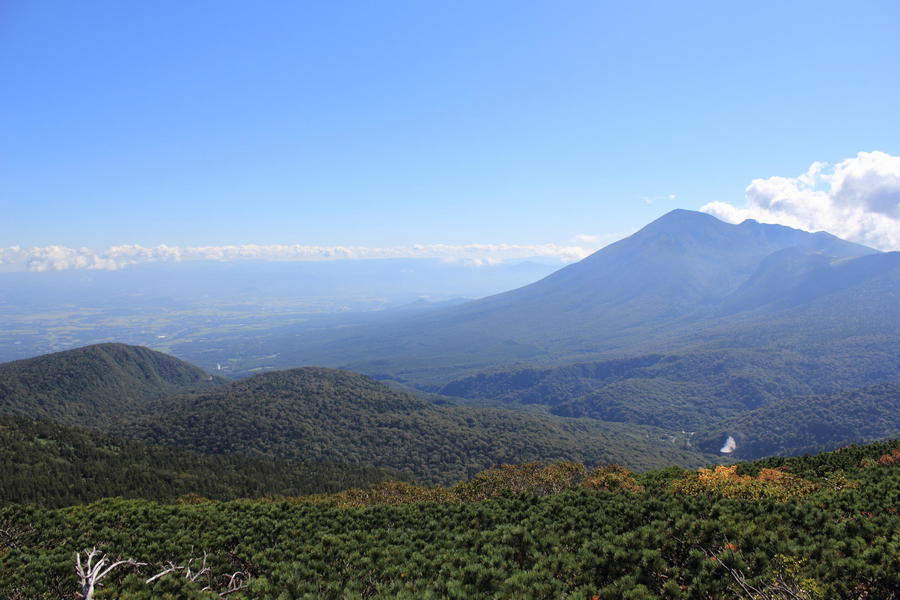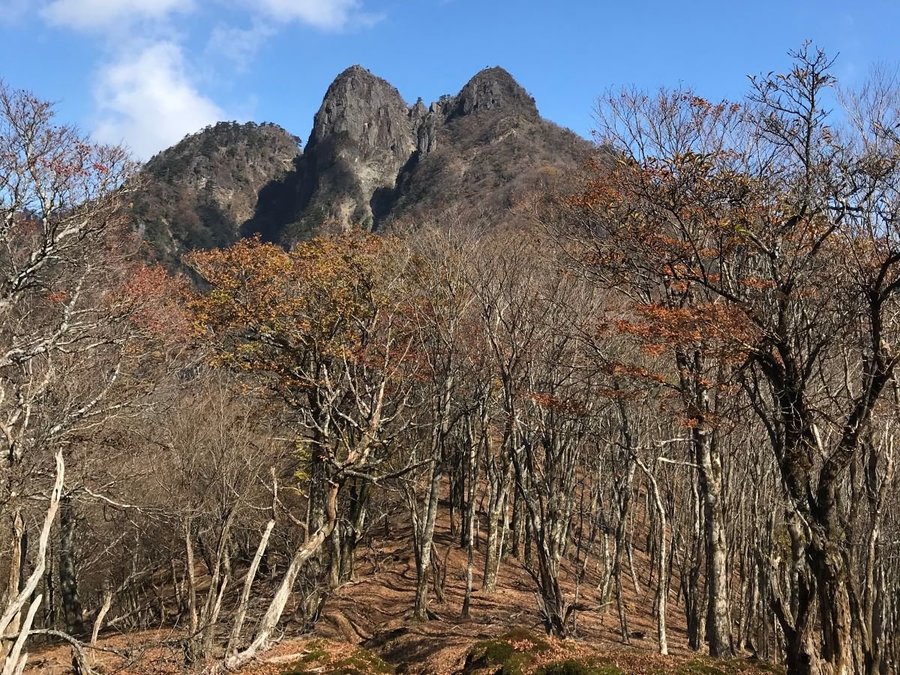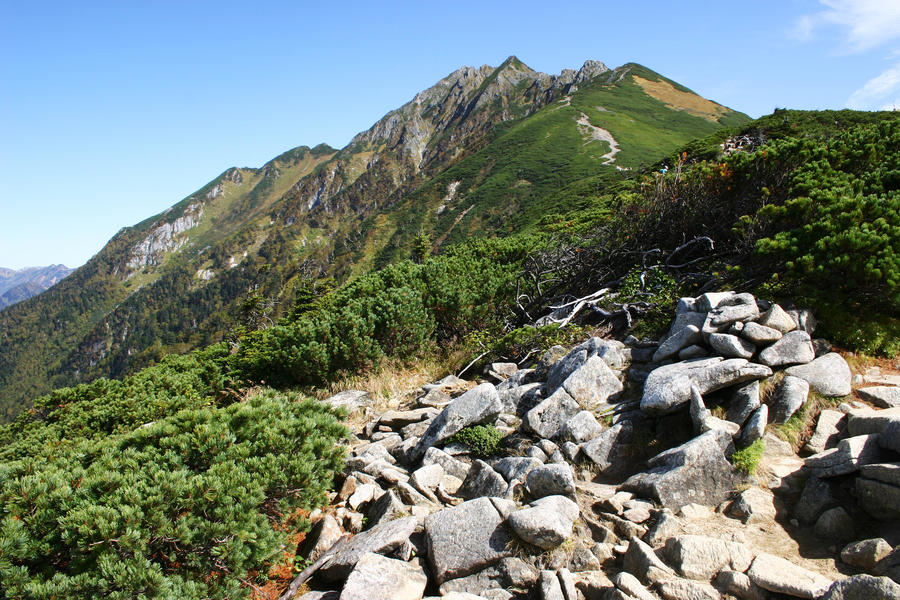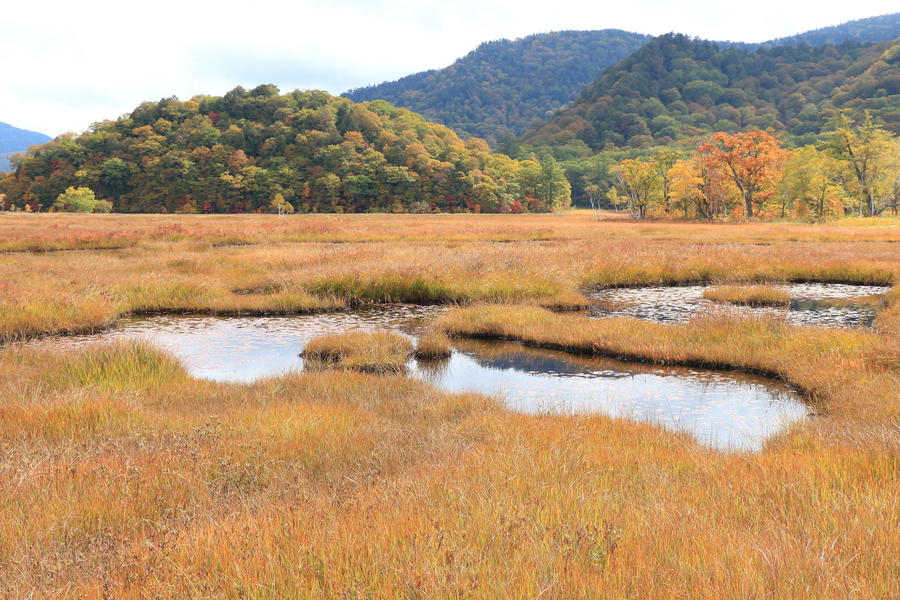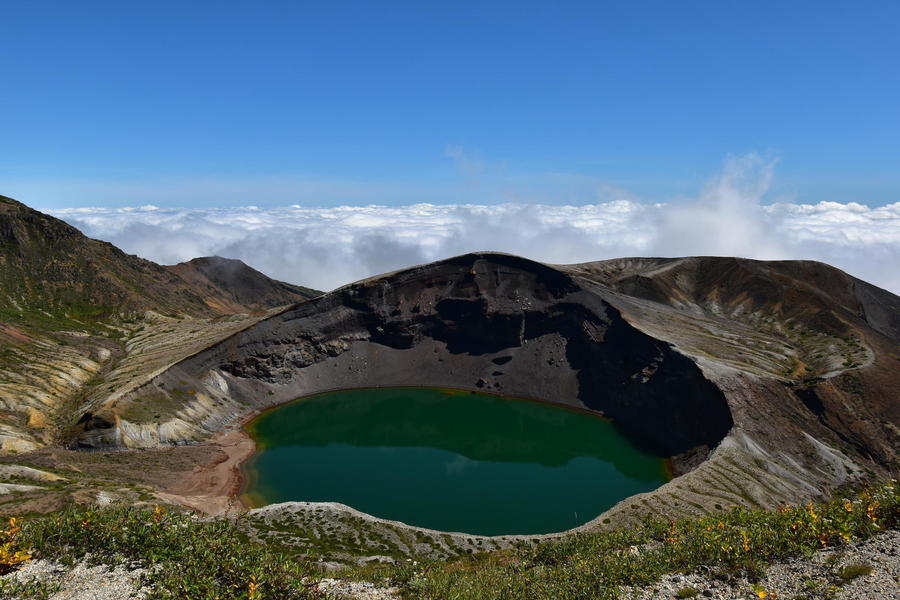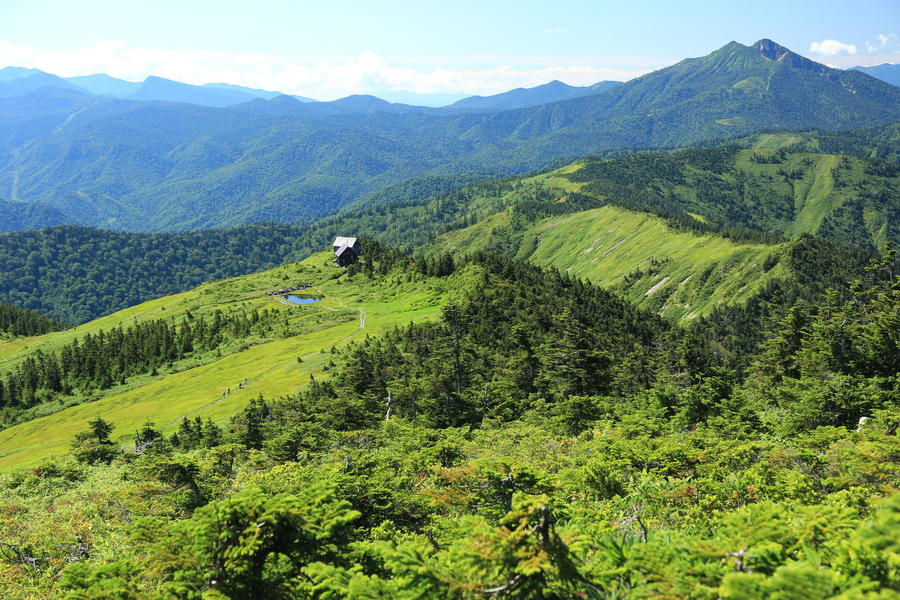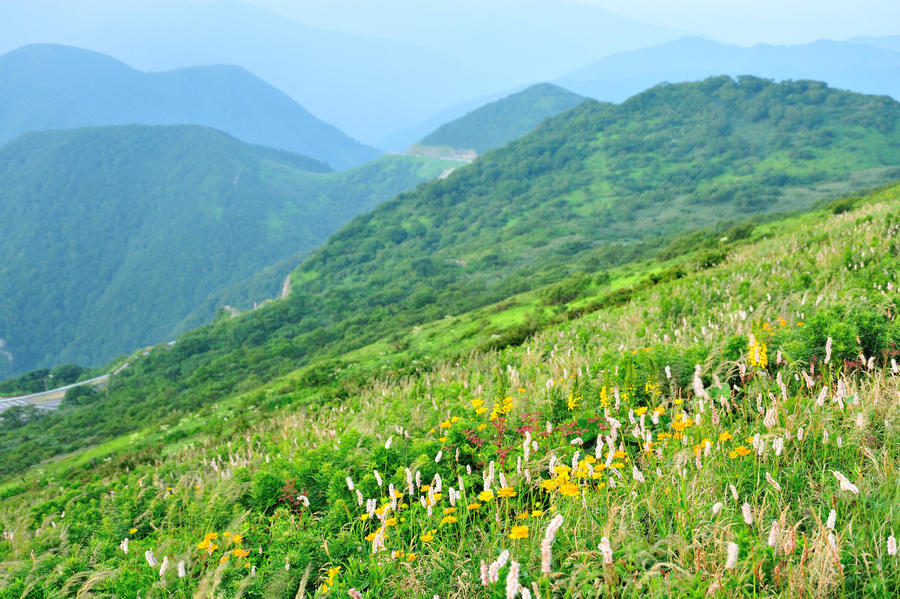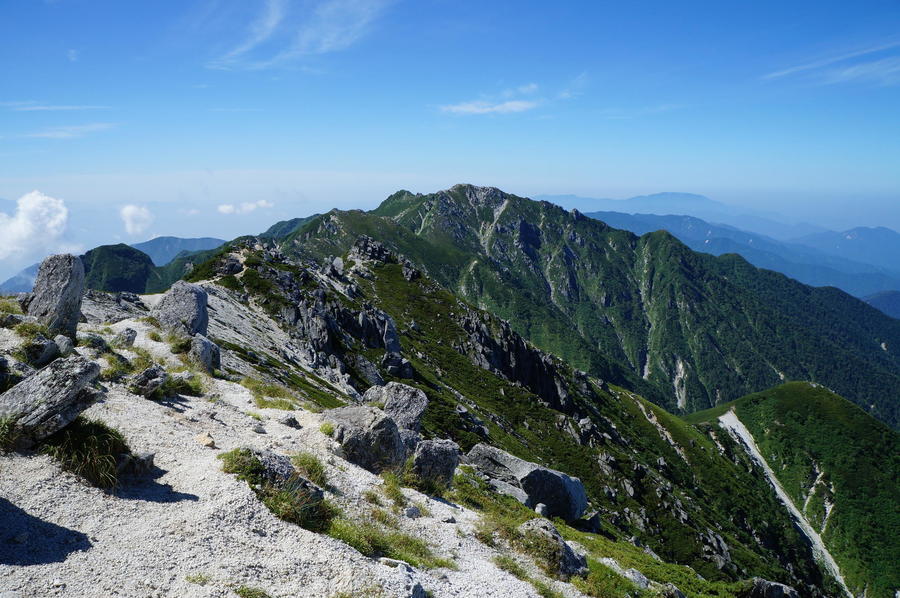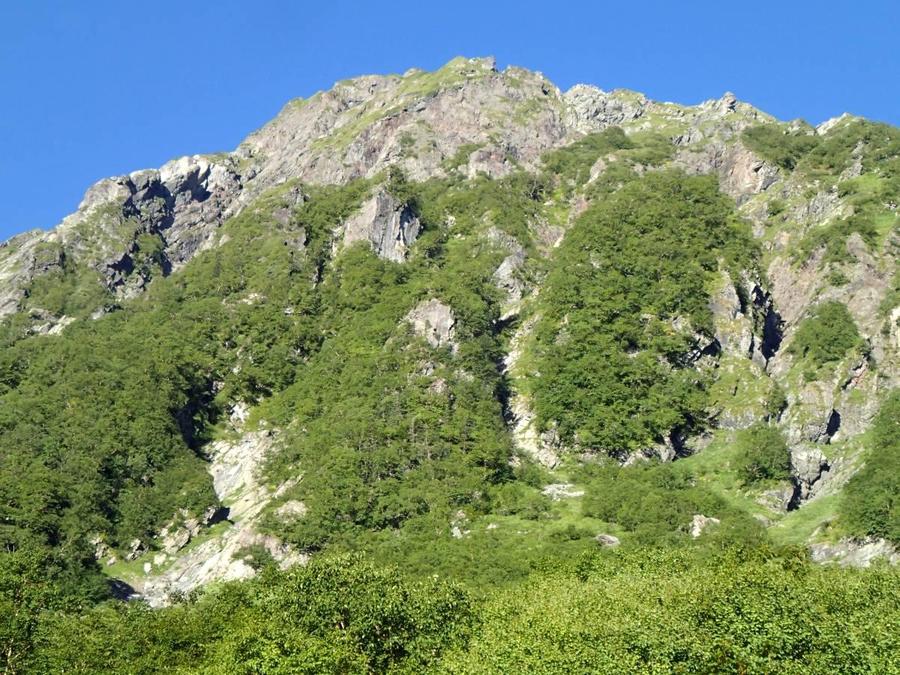Staying at Mountain Huts
For longer hikes you'll need to spend the night in the mountains. Of course you can bring a tent with you, but many hikers enjoy staying in Japan's mountain huts.
Factors such as potable water, electricity, and access to communication networks vary with the facility. Here we will introduce procedures typically used to stay at commercial mountain huts at locations like the Japanese Alps and the Yatsugatake range.
Japanese “yamagoyas,” or “mountain huts,” exist in two very different forms: commercial mountain huts which are run by on site staff and which provide food and lodging for customers, and unmanned mountain huts which serve as evacuation sites for people taking shelter from inclement weather. Even commercial mountain huts are operated in a variety of different ways: some are open for business throughout the year; some are only open during the summer and on holidays; some only open for customers who have reserved ahead of time. Periods of operation and services provided vary according to the way in which each mountain hut is set up.
Most mountain huts transport essential goods up the mountain either by humans or by helicopter and serve hikers staying at their establishments. In principle, people wishing to stay at a hut contact the staff ahead of time and make a reservation based on the desired date and number of people.
Here, we will introduce procedures typically used to stay at commercial mountain huts at locations like the Japanese Alps and the Yatsugatake range.
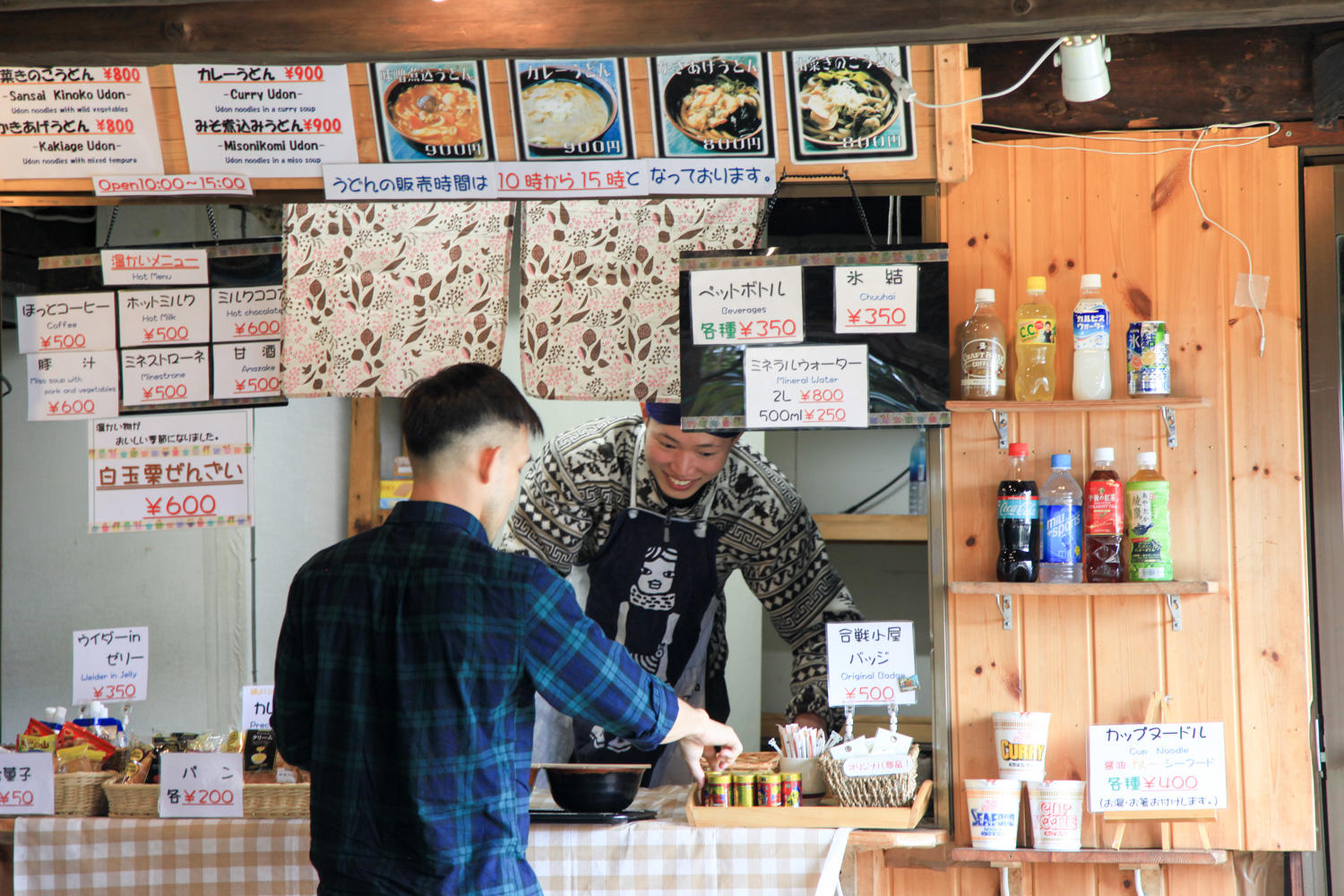
When staying at a mountain hut, aim to arrive by 3 p.m. and no later than 4 p.m.. It is important to plan your excursion so as not to get there after sunset.
On arriving at a mountain hut, begin by checking in at the reception counter located by the main entrance. Then write your name and other details such as whether you need a meal or not, and in some cases, your plans for the following day, in the guestbook or form provided. You can choose from a variety of meal options to suit your plans.
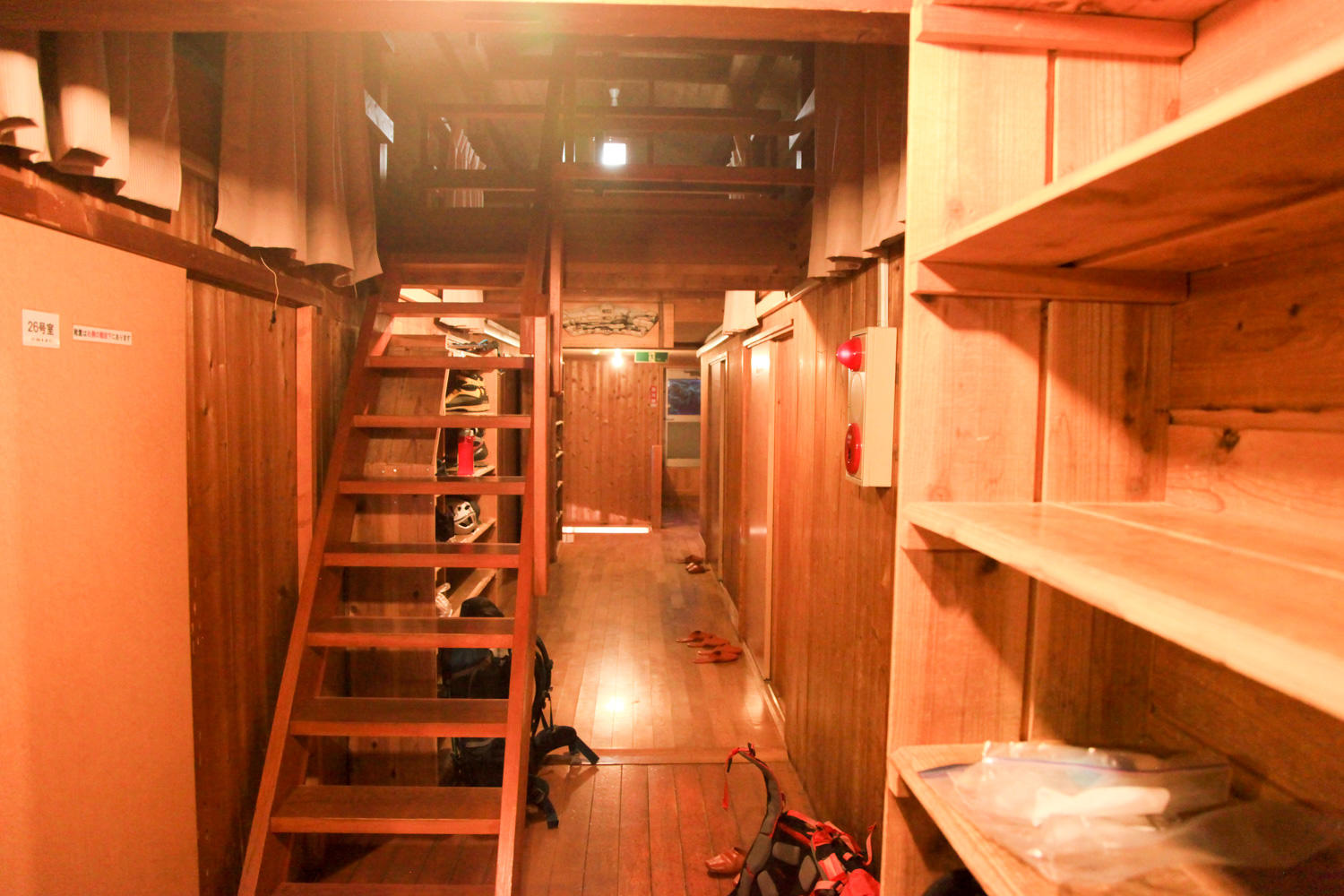
Since some hikers depart the mountain hut before sunrise the next day, most huts ask for payment at check in. The cost of one night of lodging, including two meals, usually comes to around 10,000 yen, with a bento order adding another 1,000 yen to the total. In principle, mountain huts do not accept payment by credit card, requiring cash instead. For this reason, you should purchase all the Japanese yen you need at the airport ahead of time.
A one-night stay with two meals includes dinner and breakfast (which, in some cases, can be substituted with a bento for people departing early). A one-night stay with three meals includes dinner, as well as breakfast and a bento for the next day. You can also choose to forgo meals entirely and bring your own food.
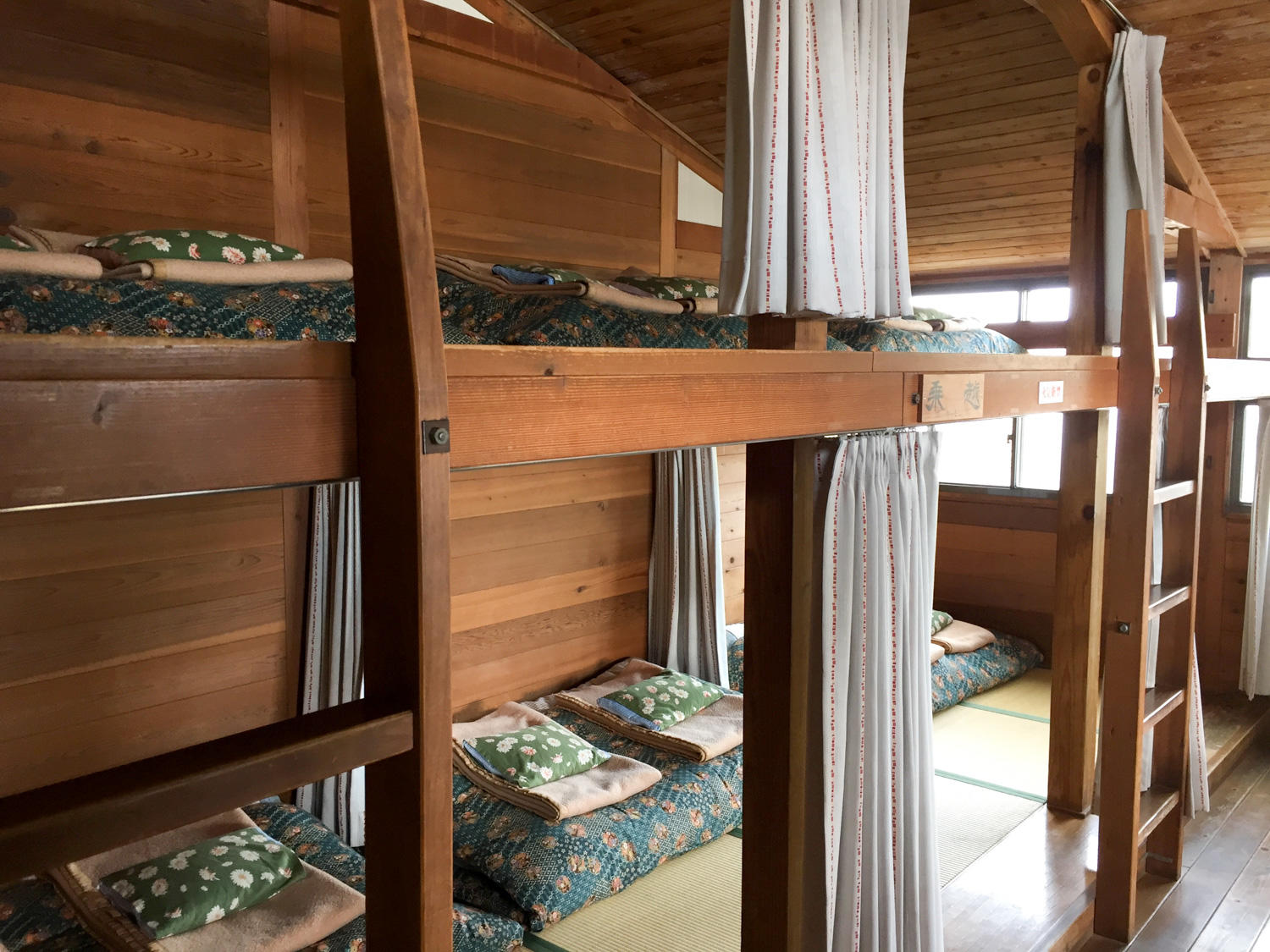
Once you have paid the fee for lodging, you will be told which room you will stay in and what time meals are served. Take off your boots in the entryway. Depending on where you are, you will either place your boots in a boot storage area near the entrance or to put them in a plastic bag and take them with you to your room. It is recommended that you write your name or an identifying mark on your boots to ensure you don’t take someone else’s by mistake if you are leaving them in a common area.
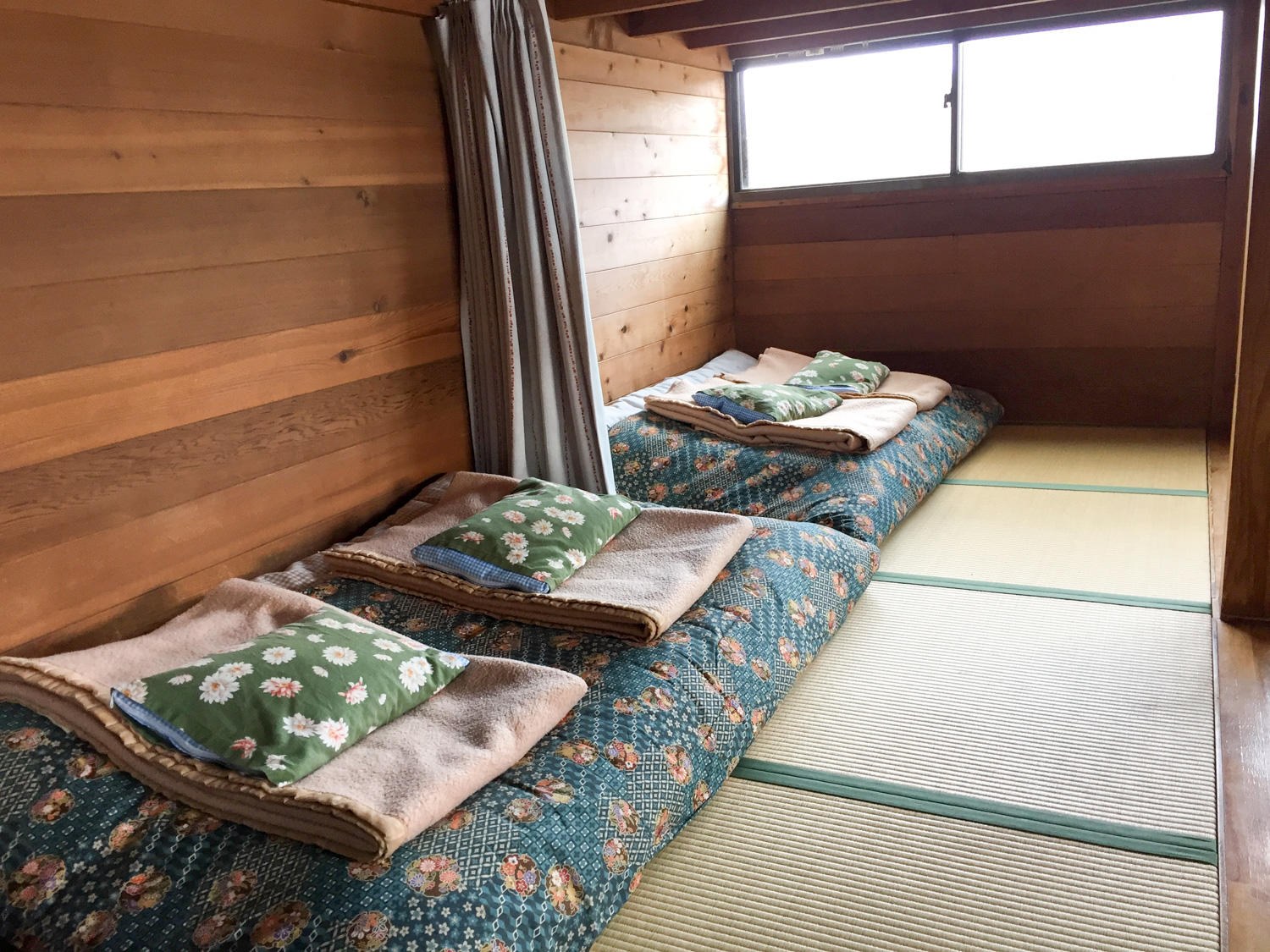
When you get to the room, make sure you know where you are supposed to sleep. The sleeping facilities vary depending on the mountain hut. You may be in a large tatami room with futons on the floor and people sleeping side by side like packed sardines. There are also various kinds of bunk beds at some places. The bedding provided comes in various styles such as futons, blankets, and pillows, or sometimes sleeping bags.
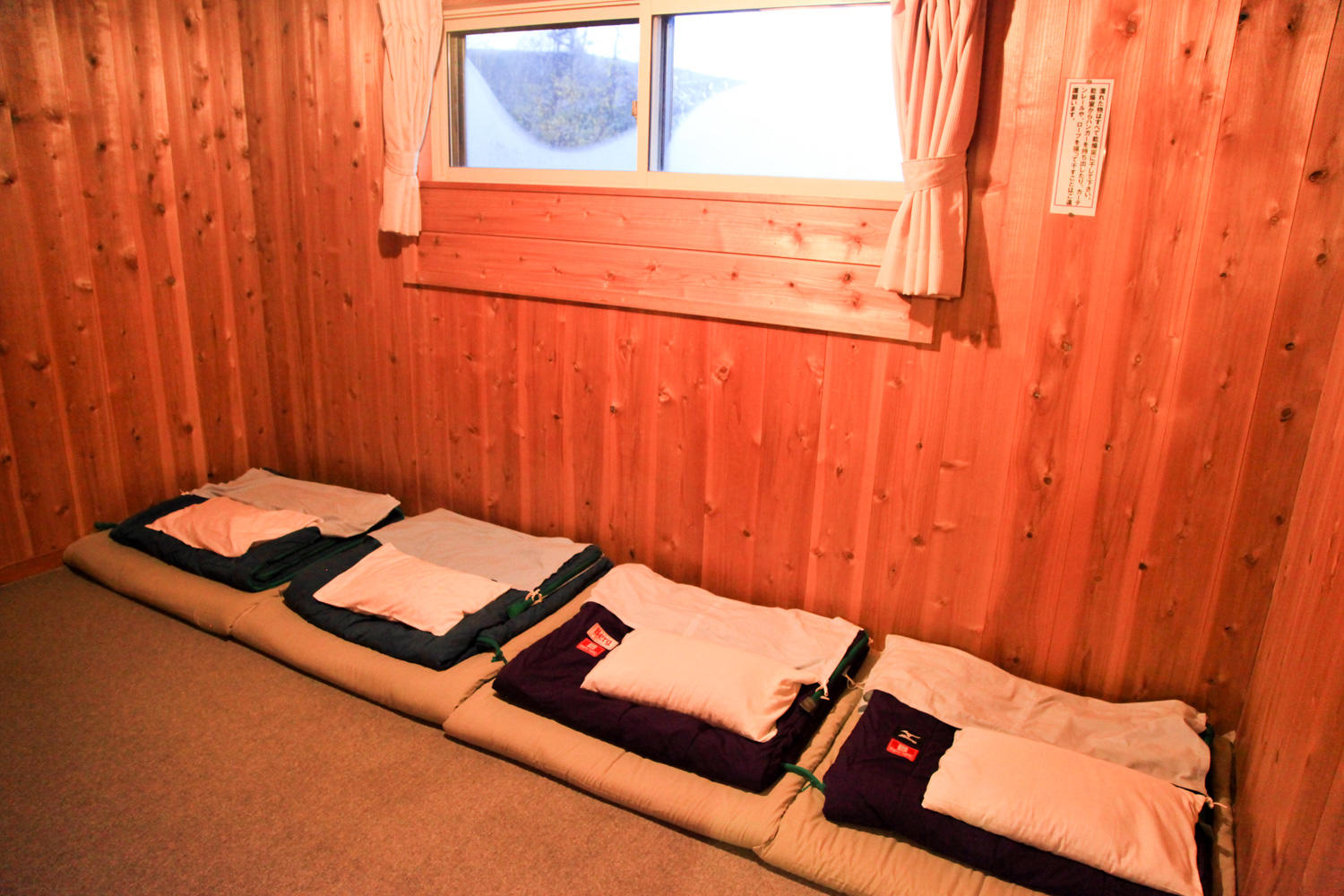
If you find yourself sharing a room with a customer who has arrived before you, you should offer a simple greeting. Depending on the mountain hut, the beds and other sleeping areas may be clearly marked by numbers. In other cases, sleeping areas are not clearly marked, so visitors find a small space for themselves while also allowing space to others. You may be allowed to bring your rucksack into the sleeping area, though in many cases you can only carry it as far as the hallway outside the room.
Toilets at mountain huts may be located either in the main building or an adjoining building. In the latter case, the facilities are usually shared with hikers camping in tents beside the hut. Toilets at mountain huts are generally pay per use facilities, although the cost of using them will often be included in the fee for staying at the hut. At most mountain huts, you can’t dispose of toilet paper by flushing it down the toilet. Instead, please dispose of it in the garbage bin beside the toilet and be sure to respect the manners of each individual hut.
When using the sinks, make sure to ask whether the water is suitable for drinking and also if products such as toothpaste may be used there so as to respect the house rules. Using products containing chemicals in places where it is not permitted may pollute the natural environment and is considered inconsiderate and selfish.
Due to the difficulty of maintaining a water supply in mountain huts located high up in mountain ranges, some places may not have running water. Such mountain huts may gather and sell rainwater for a fee.
In Japan, mountain huts with public bathing facilities, baths, showers, and so on are rare. Some huts with baths may be found in valleys and areas with natural hot springs. Due to a lack of plumbing, however, even mountain huts with bathing facilities usually don’t allow the use of soap, shampoo, and other products containing chemicals. The above-mentioned manners regarding the use of such products apply in this case as well. Most mountain huts sell snacks as well as souvenirs unique to the hut. They may also have books relating to mountaineering and possibly a recreation room with a television showing weather reports. Look around to find things to enjoy and points of interest particular to each mountain hut.
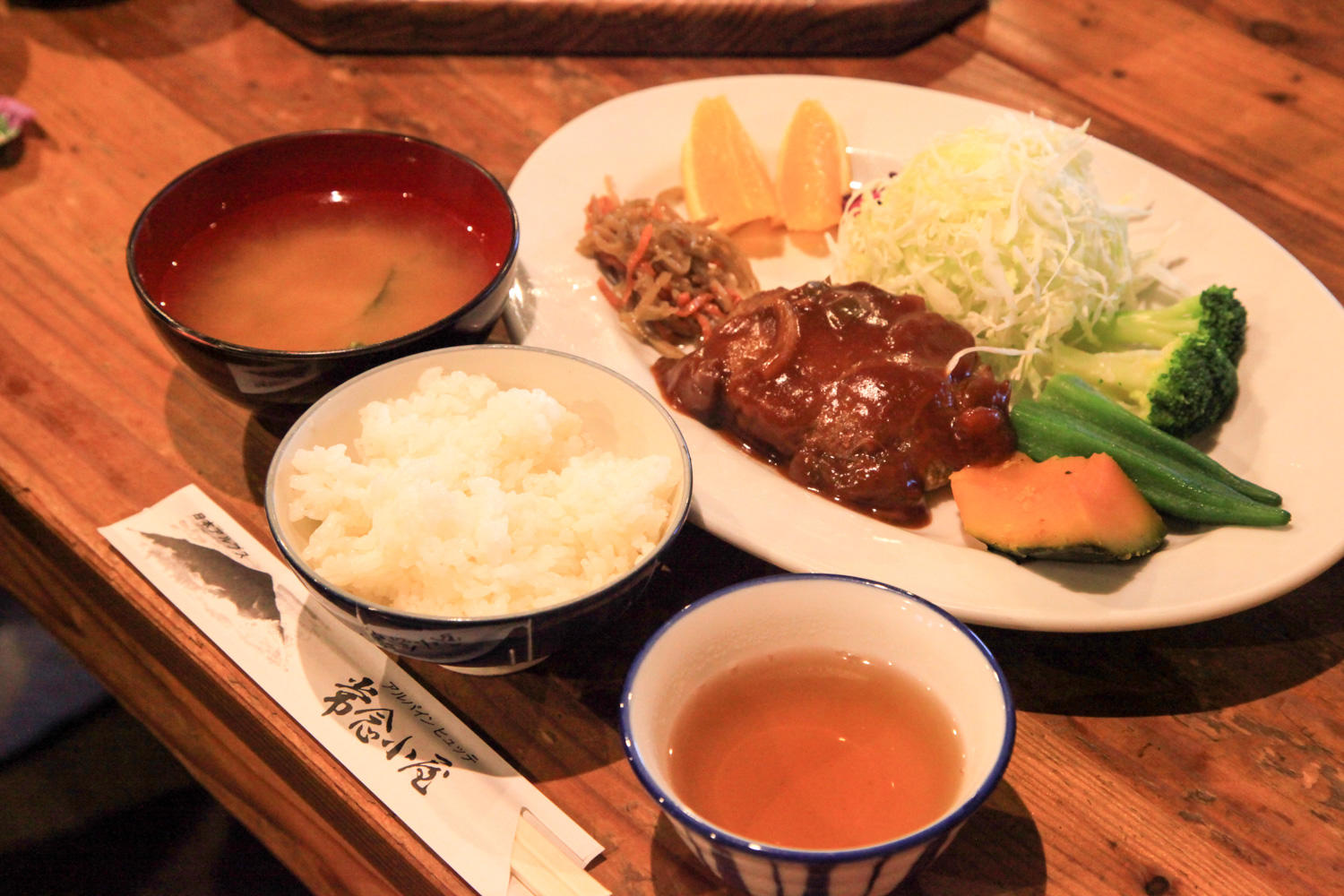
Because most mountain huts have a dining hall capacity which is smaller than the lodging capacity, customers will often receive a number telling them the order in which they may go to the halls for their meal on checking in. The earliest check ins may be able to dine at 5 p.m., and on very busy days there may be four or five shifts in which customers take turns eating in the dining hall. If you arrive at the hall just before your scheduled eating time, you may find yourself waiting in a long line, so it’s best to get there with time to spare.
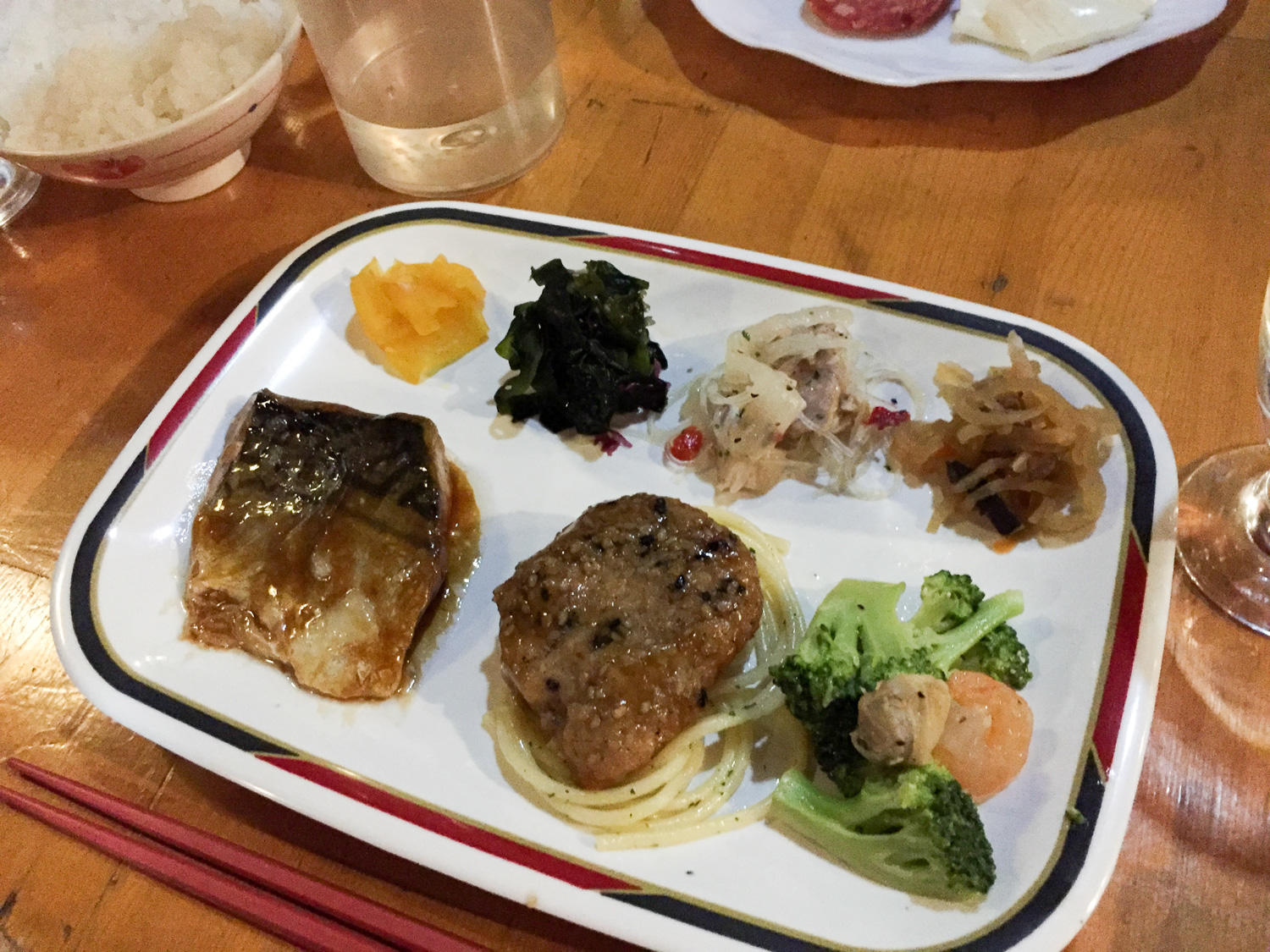
You can generally expect to find a meal consisting of a meat or fish side dish along with salad, stewed sundries, and pickles already laid out on the table for you. On taking your seat, you can serve yourself warm rice and soup from a nearby table. As mentioned above, the next round of customers will be waiting their turn to eat and the staff needs to tidy up and prepare tables for them. It’s important that you vacate your seat soon after finishing your meal.
Some mountain huts have a kitchen for customers who are not using the dining facilities. For fire-prevention purposes, please use only the designated areas to prepare your food.
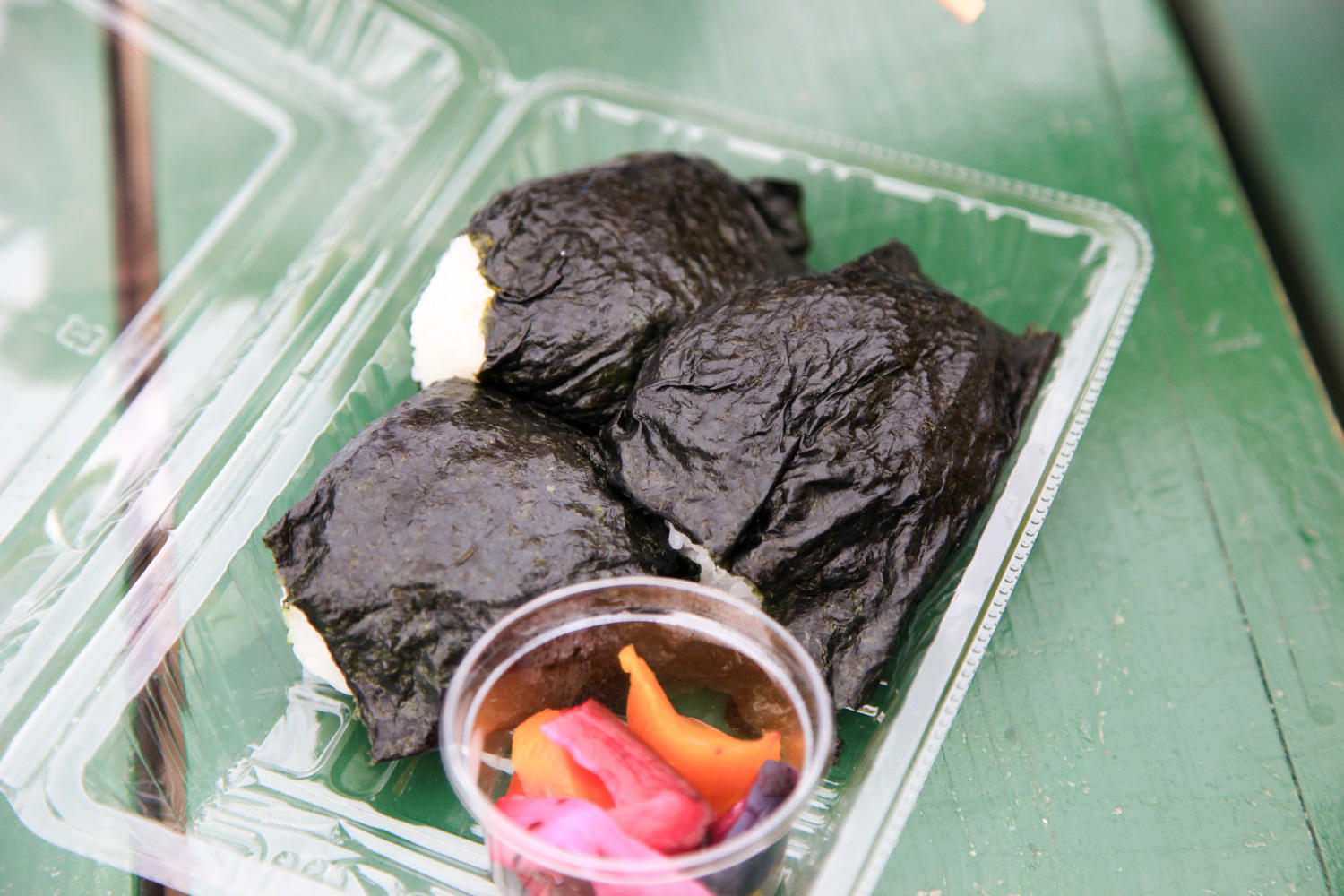
Lights out at a mountain hut takes place at 8 or 9 p.m.. Since some people leave the hut before daybreak, you are asked to finish up in the toilet, get changed, and return to your sleeping space by the appointed time. If you have ordered a bento for the next day, please be aware that many mountain huts distribute them the night before. Remember to pick up your bento at the appointed time.
When a common sleeping area gets crowded, many things can make it difficult to get a good night’s sleep. Some people snore or breathe heavily in their sleep or getting up in the middle of the night to use the toilet. Others start their day early and use headlamps to find their way in the dark. It’s advisable to prepare your own counter-measures such as earplugs and an eye mask.
A mountain hut begins its day very early in the morning. If you choose to have your breakfast in the dining hall, follow the same points as for the previous day.
Before leaving your room, fold the bedding you used into a neat bundle and put it back in its appropriate place. Then make sure not to leave anything behind and you can be on your way.






